Why mission mars .. from Space X
 AI Summary
AI Summary
Key Insights
- The vision aims to make humanity multiplanetary by significantly reducing the cost of space travel, primarily focusing on Mars.
- Key strategies include achieving full reusability of spacecraft, refilling them in orbit, and producing propellant on Mars to cut down on launch mass from Earth.
- The design uses a system architecture for Mars missions that leverages a rocket booster, tankers for in-orbit refueling, and an interplanetary spaceship.
- Raptor engines, carbon-fiber structures, and densified methane/oxygen propellant are crucial for achieving the required performance and cost targets.


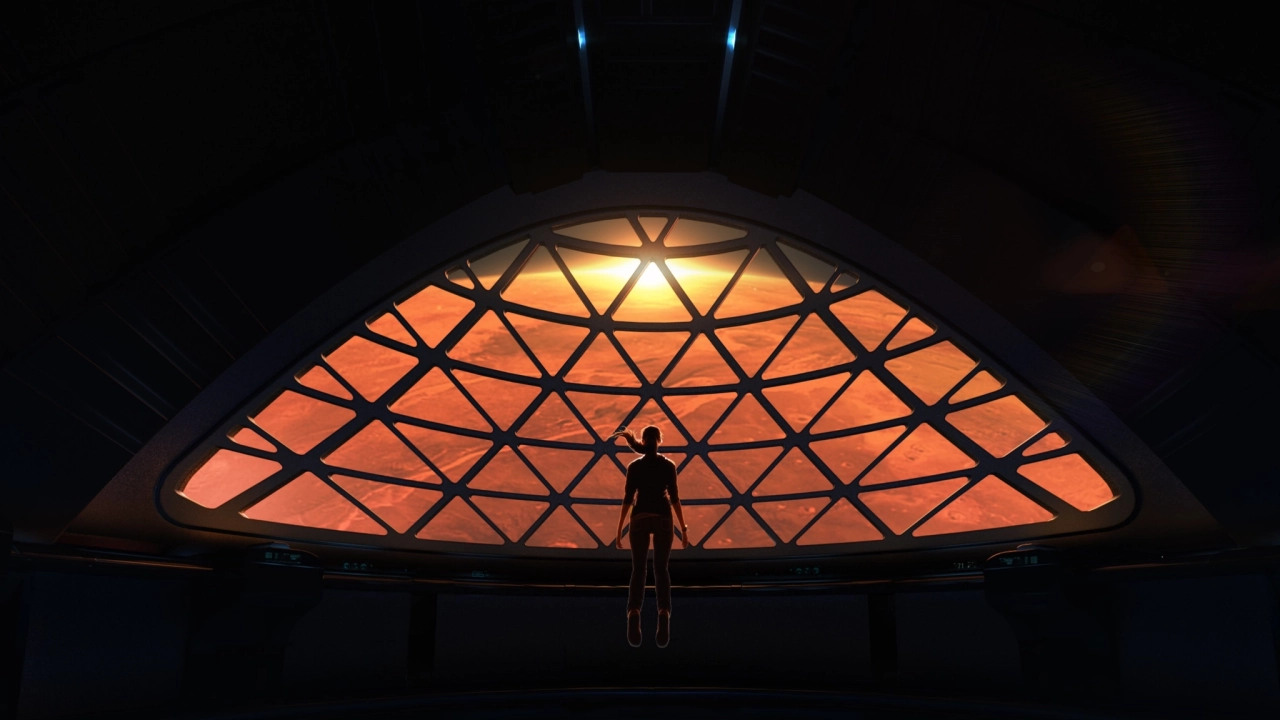

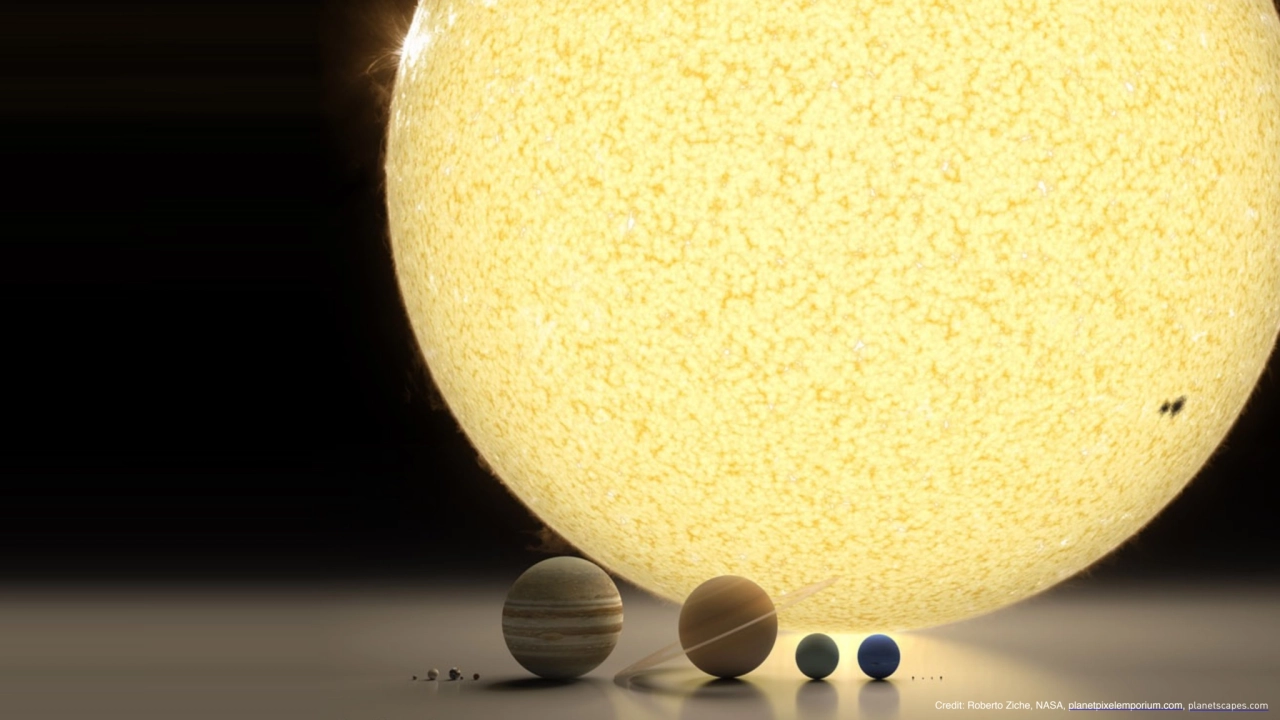
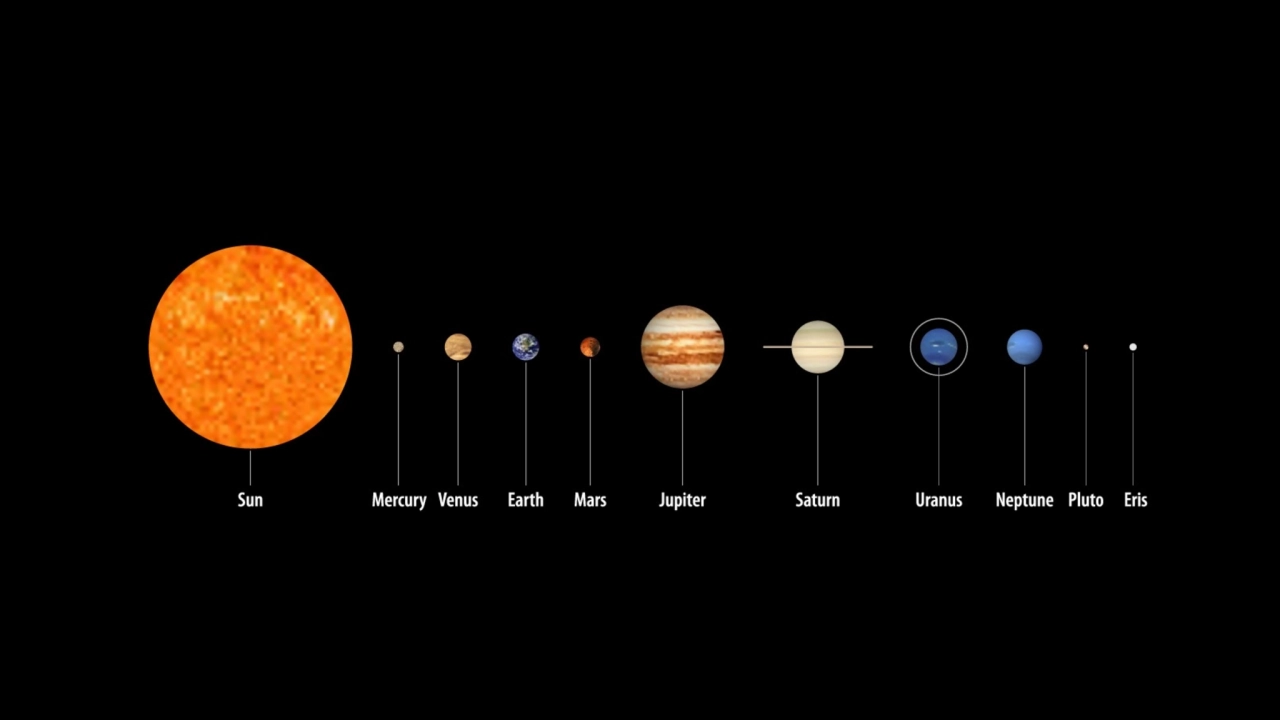
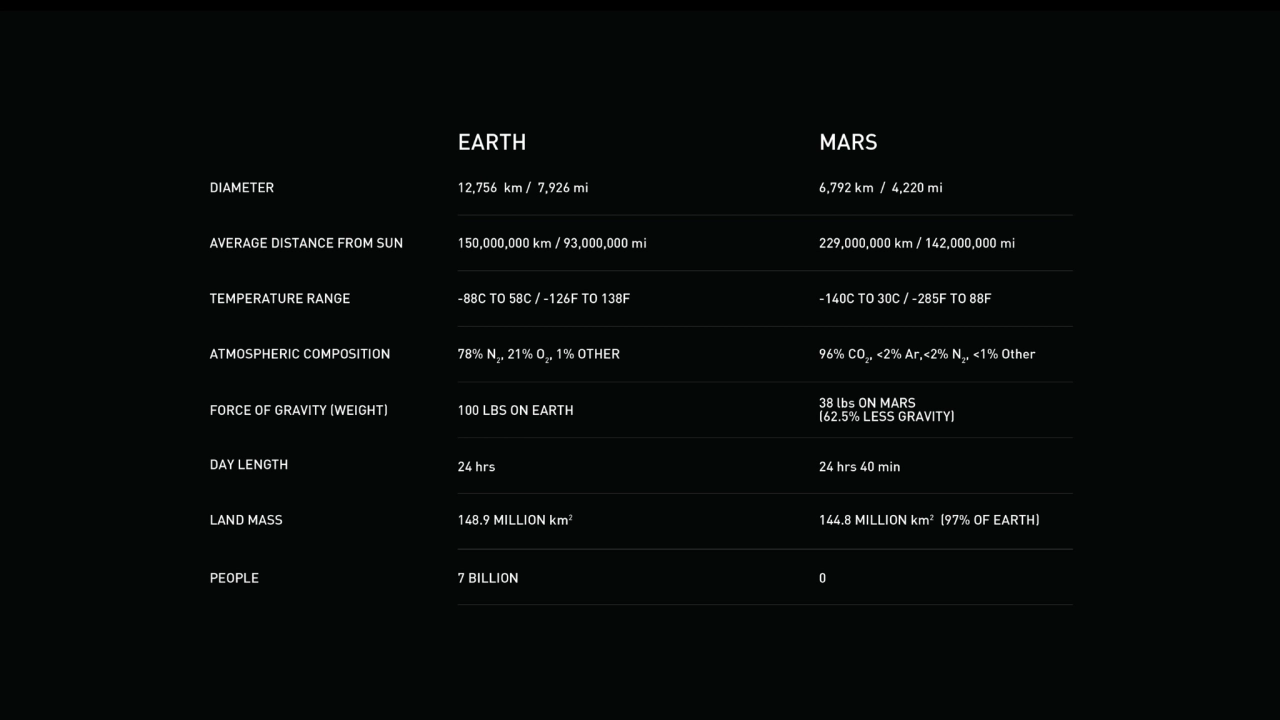
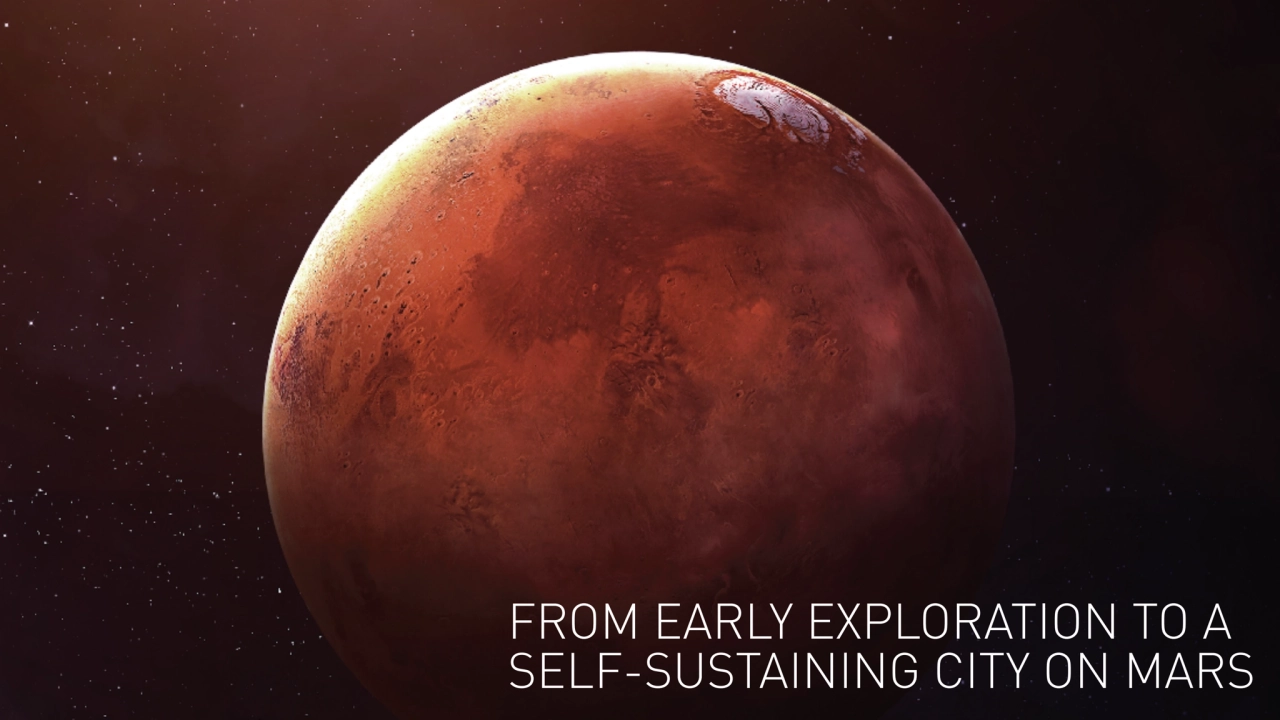
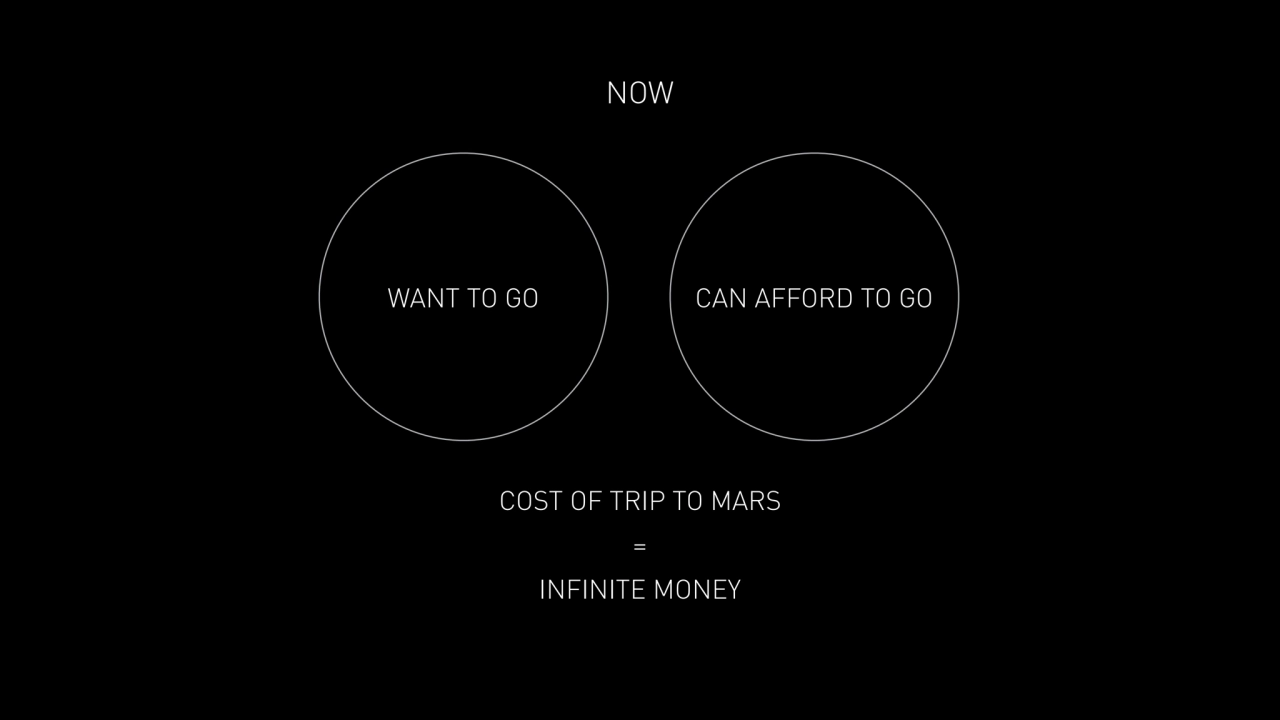
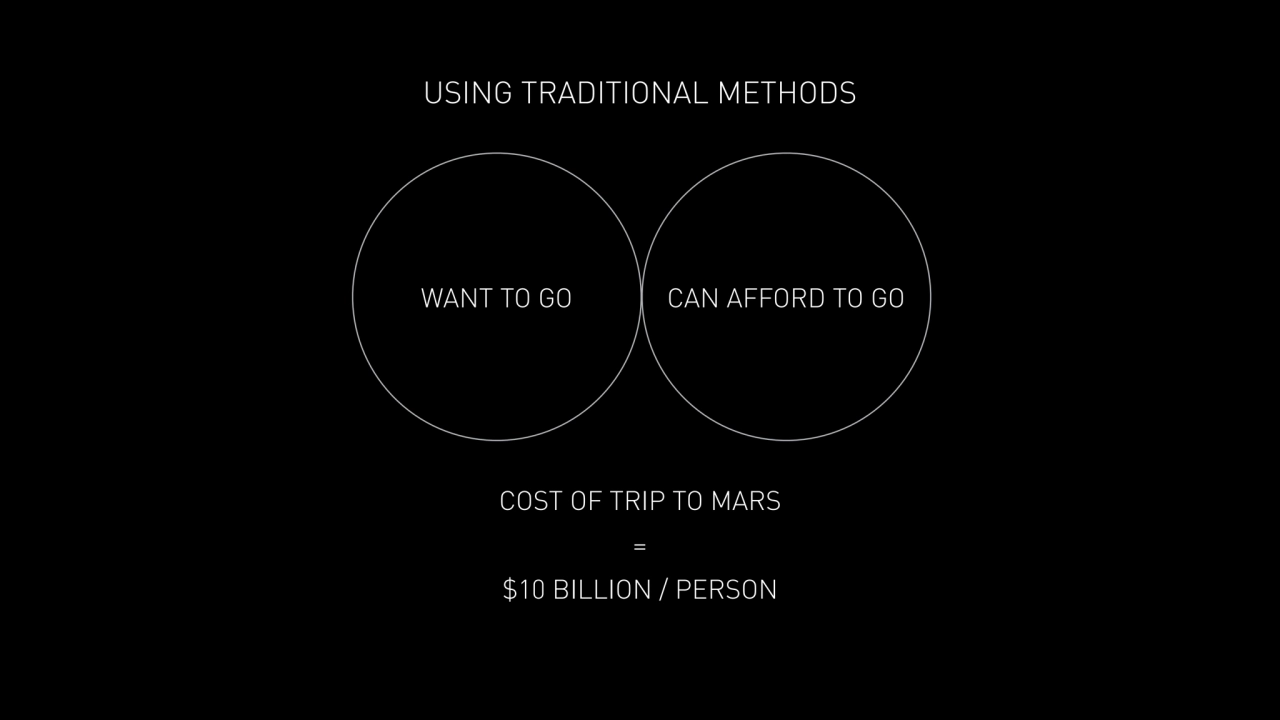
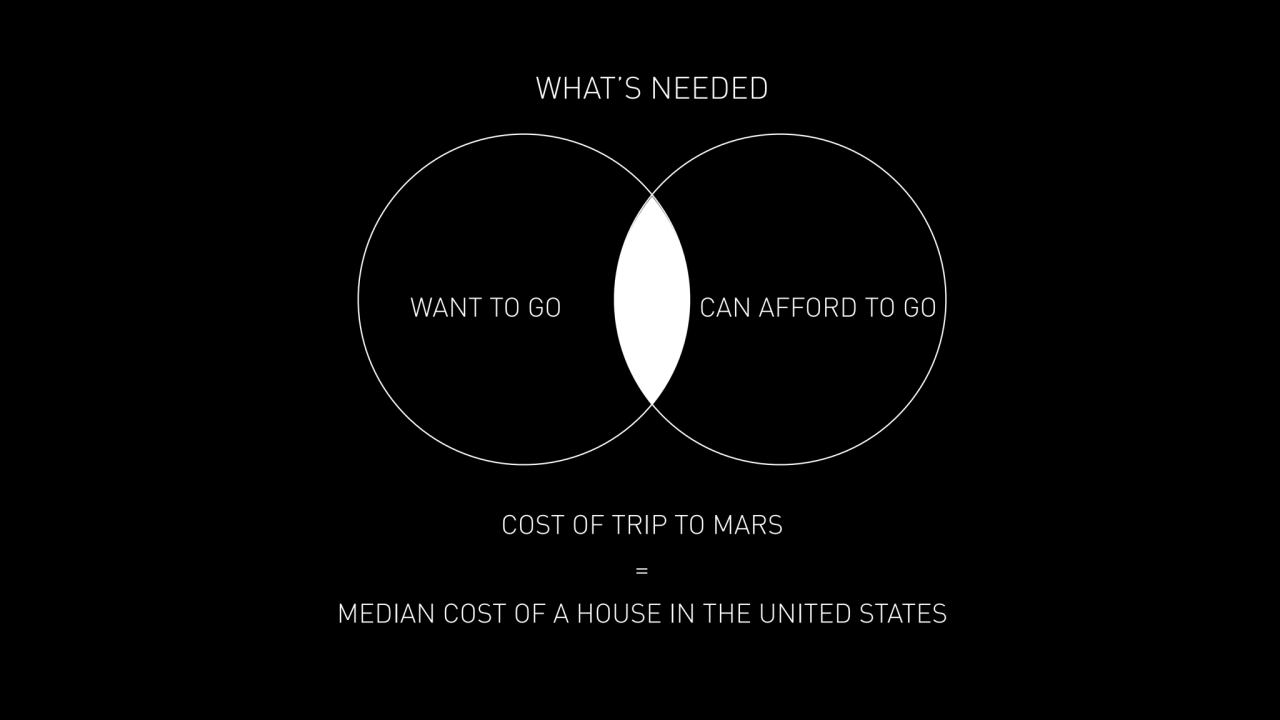
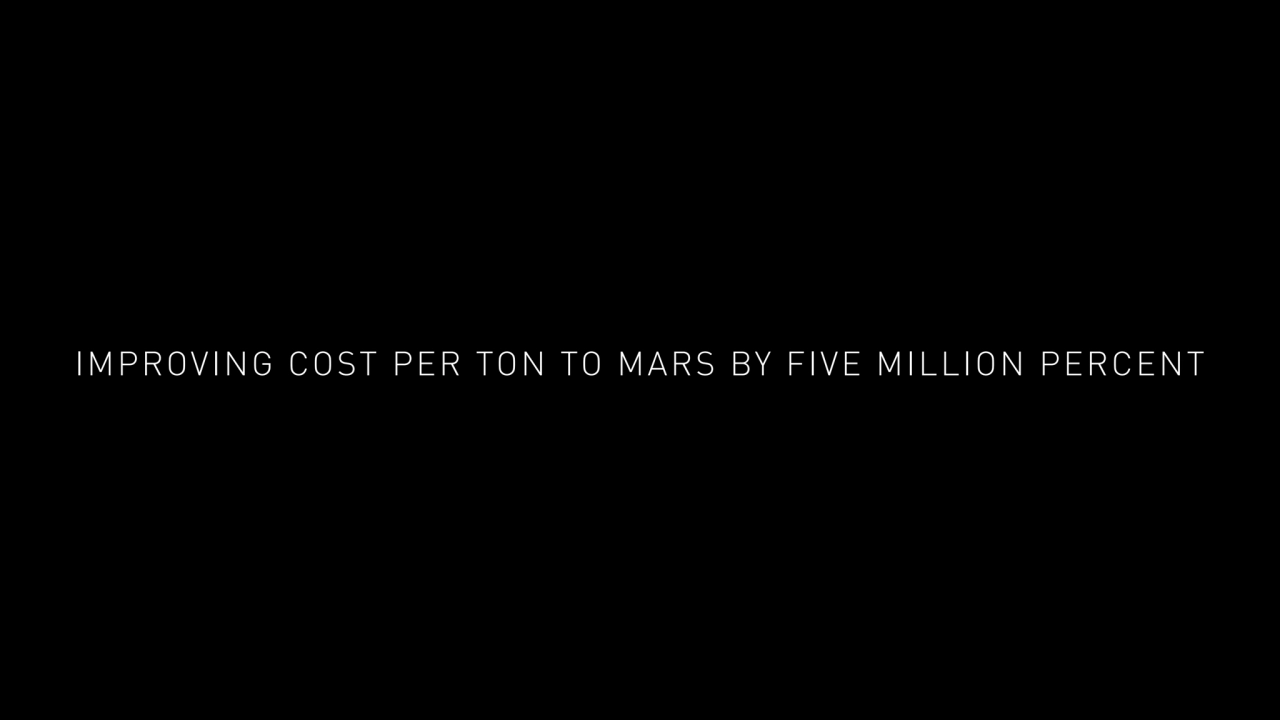
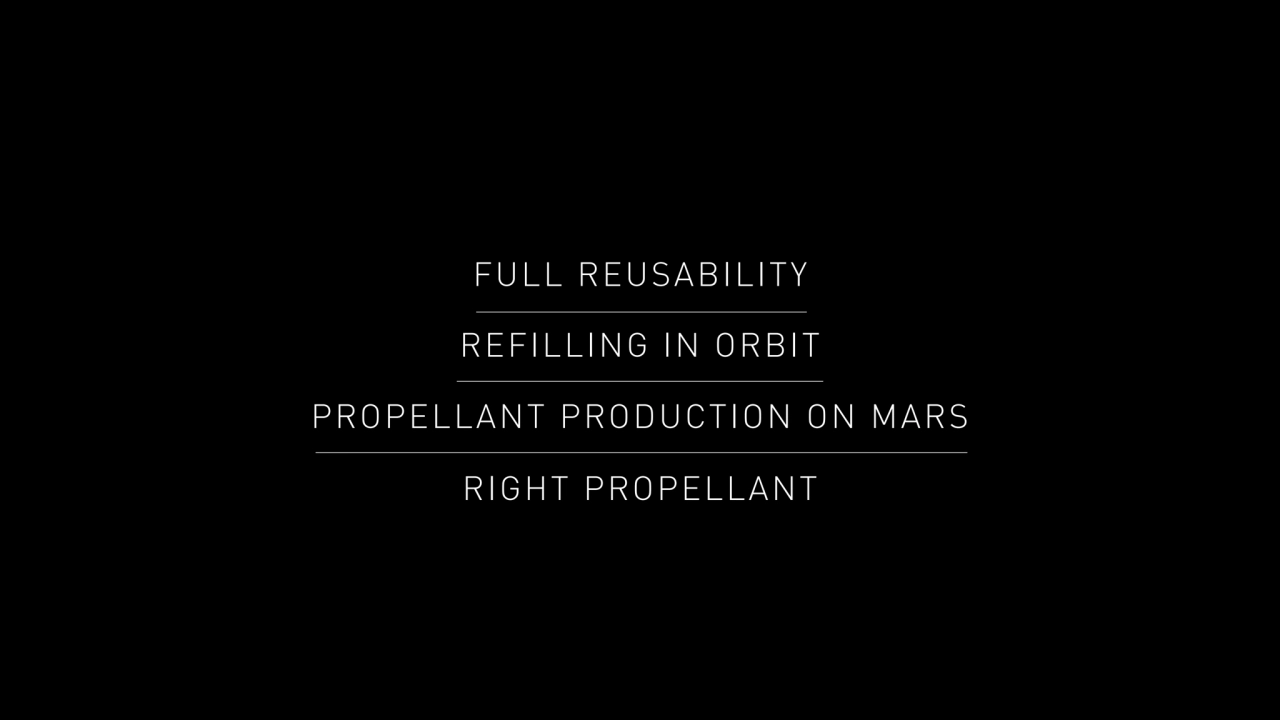

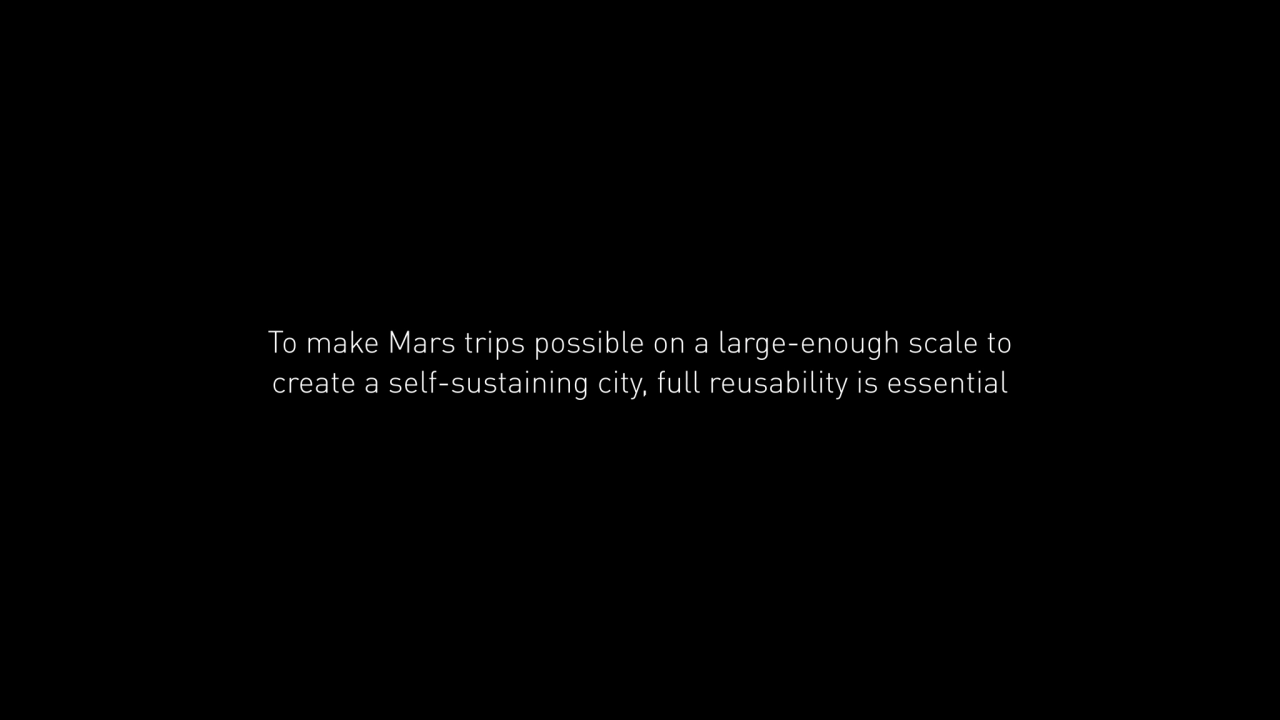
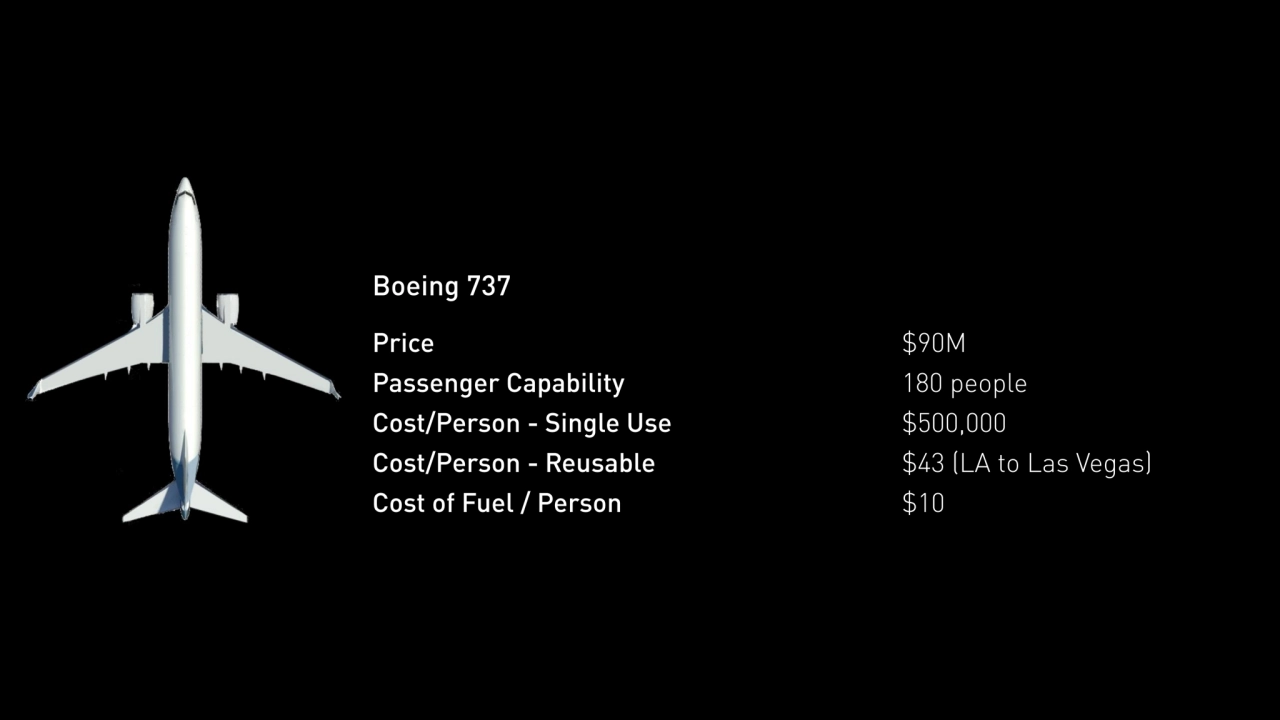
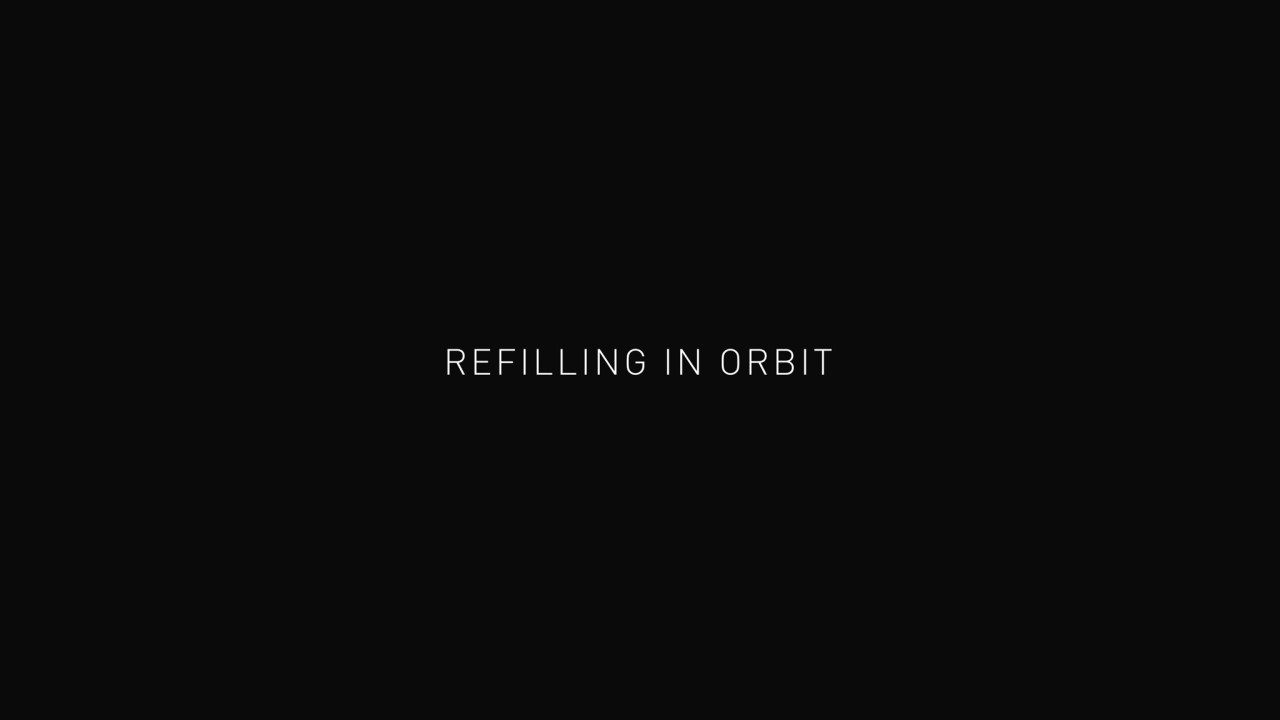
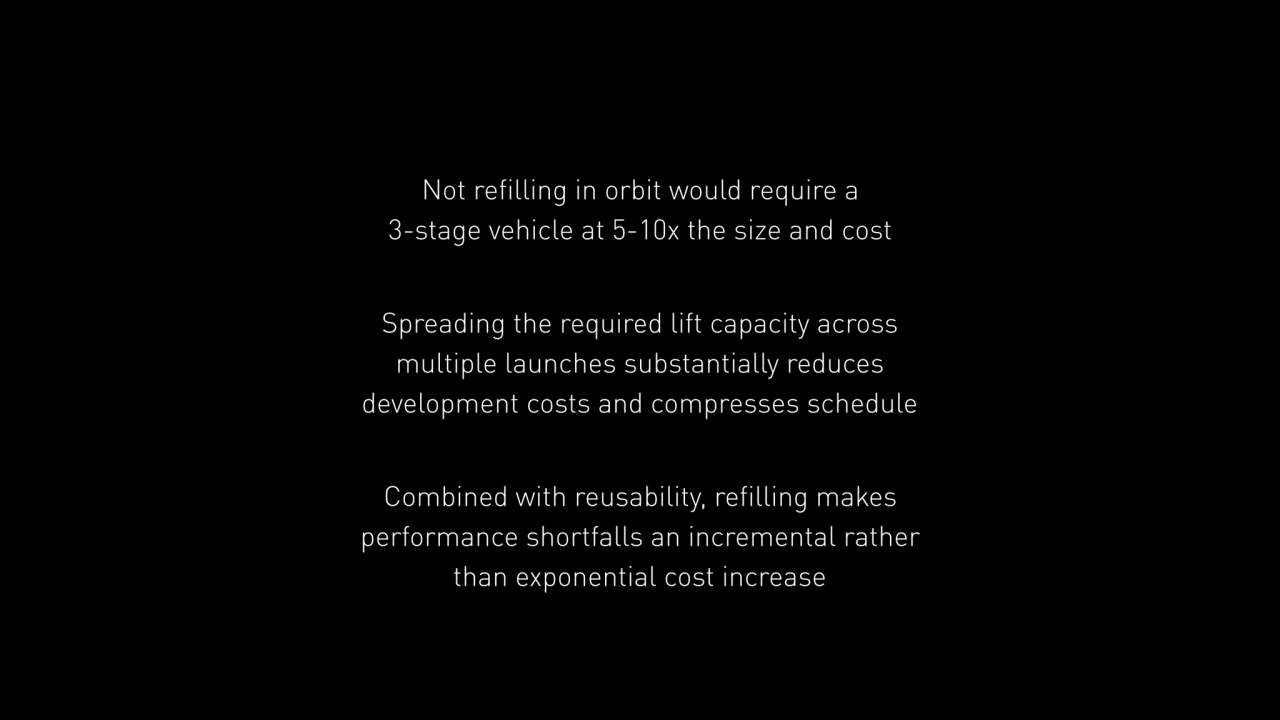
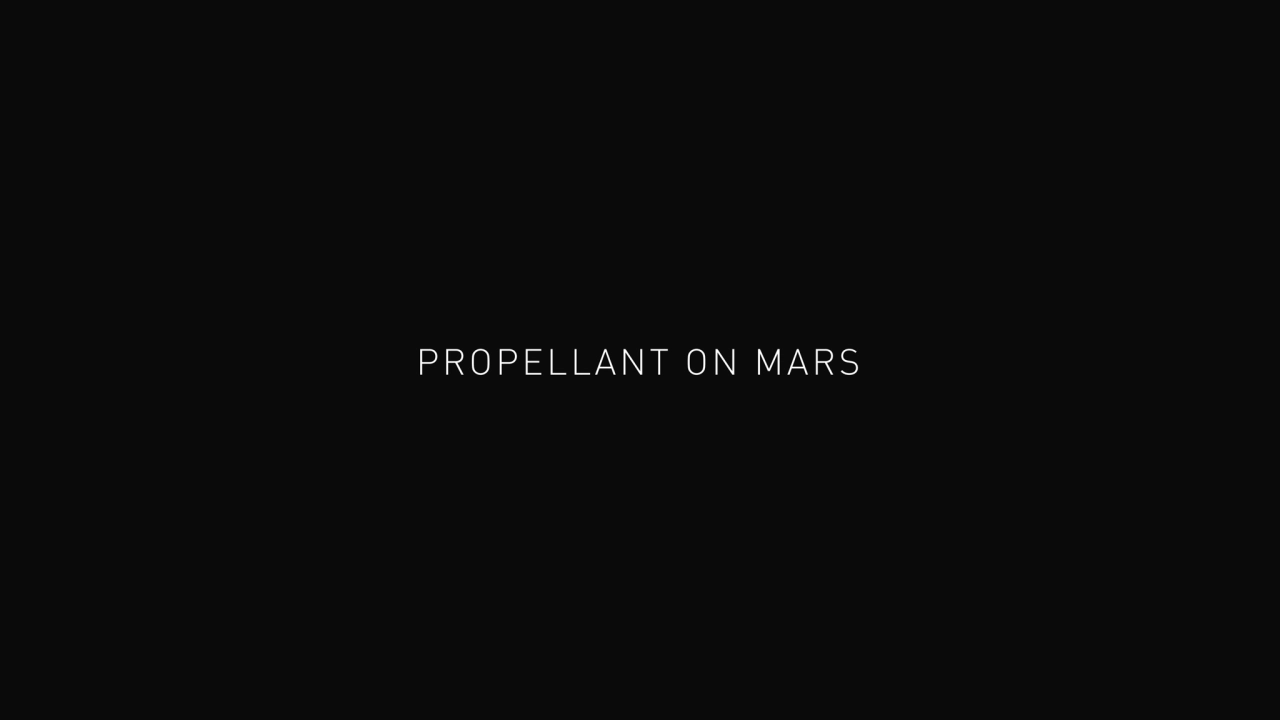
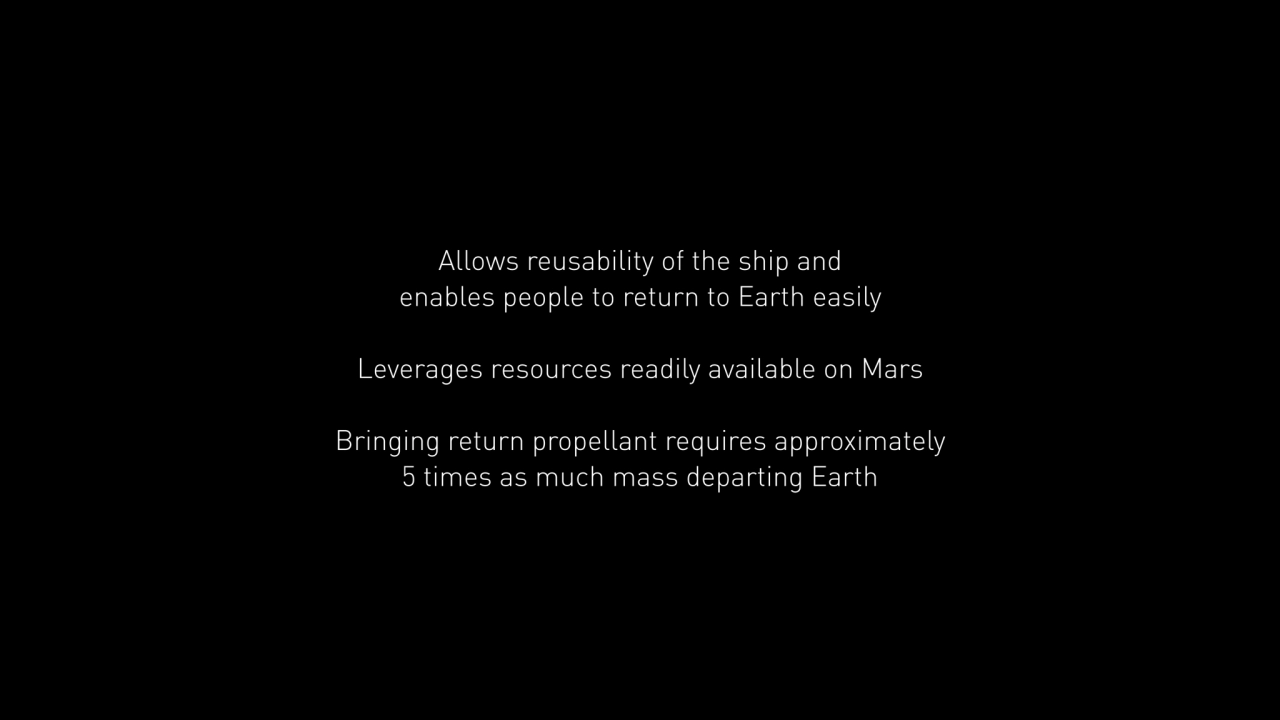

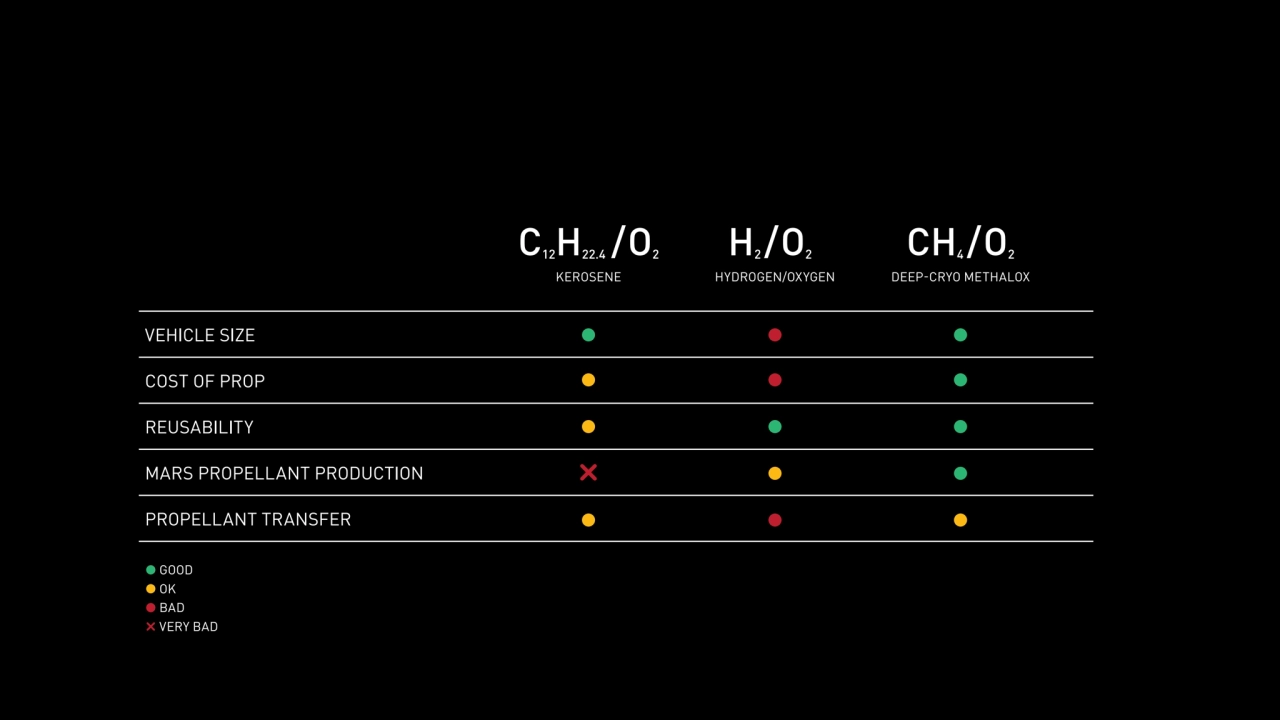
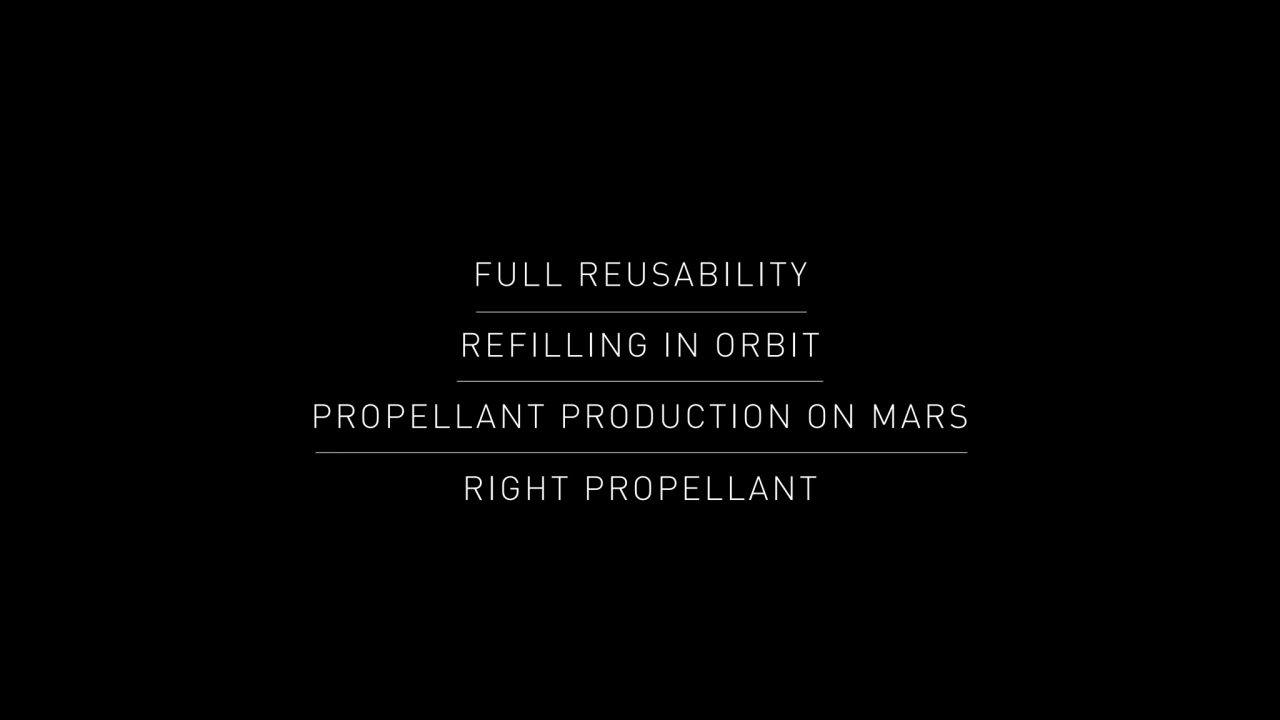
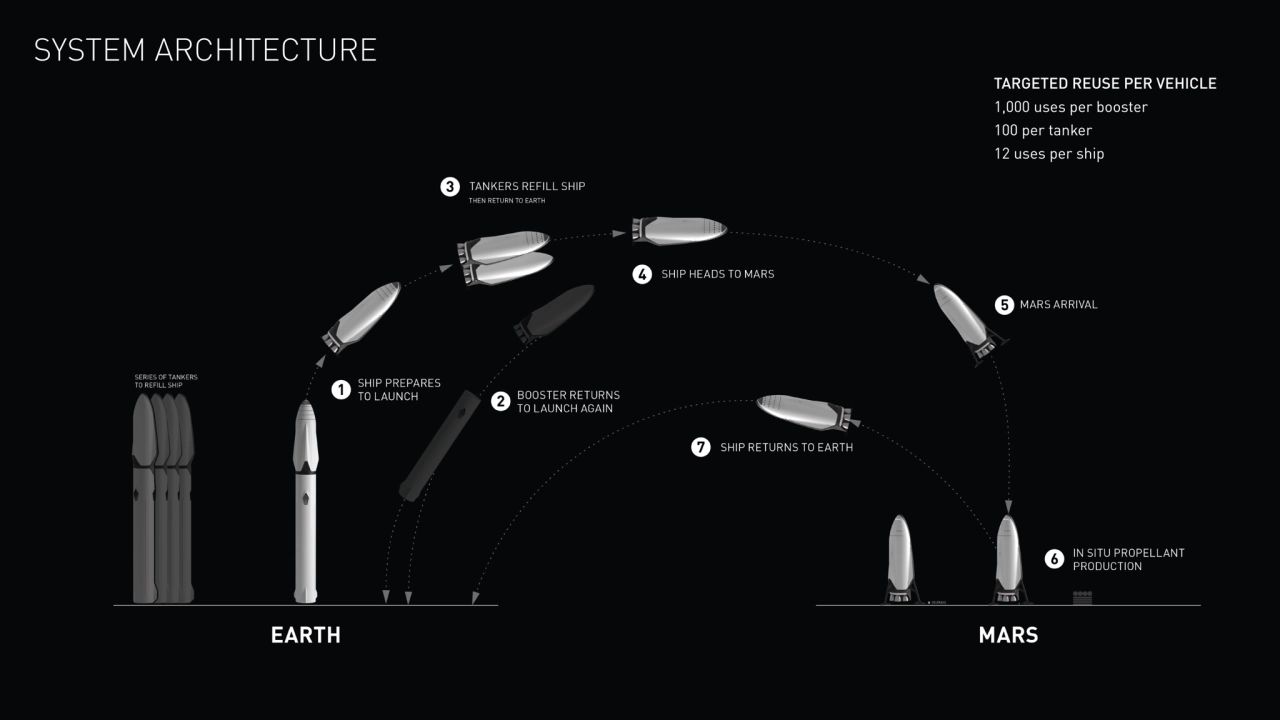

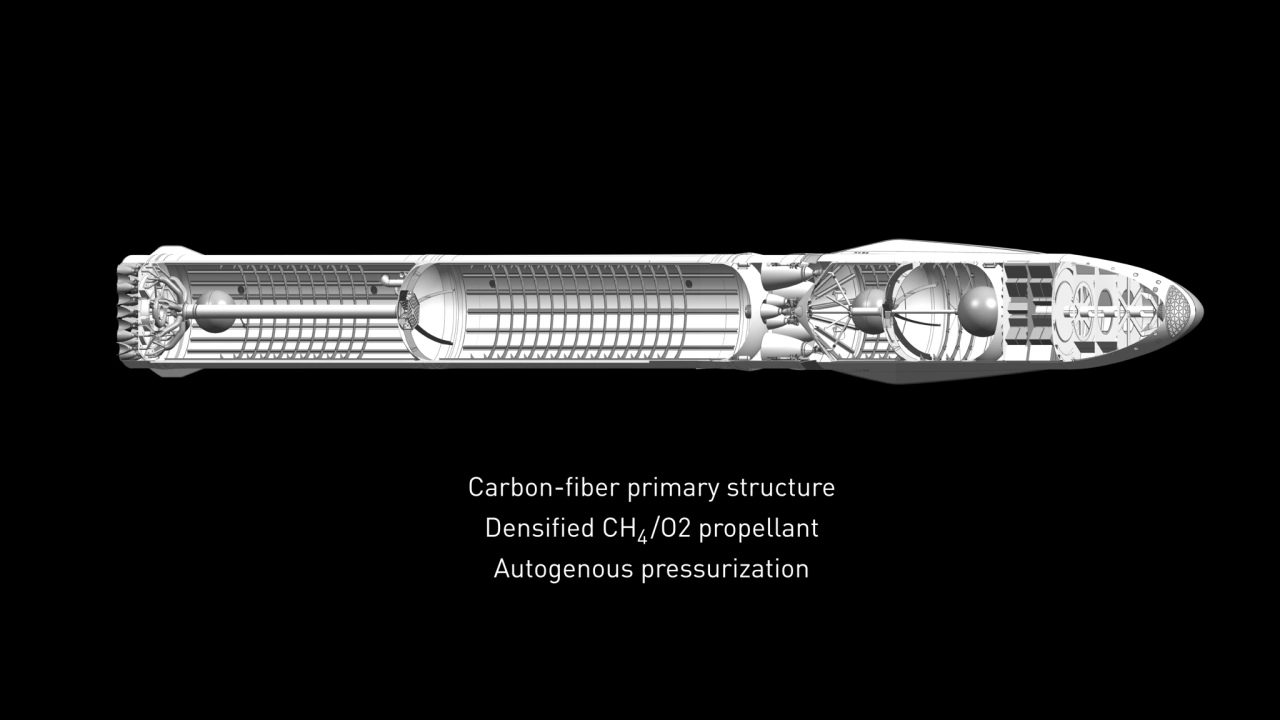
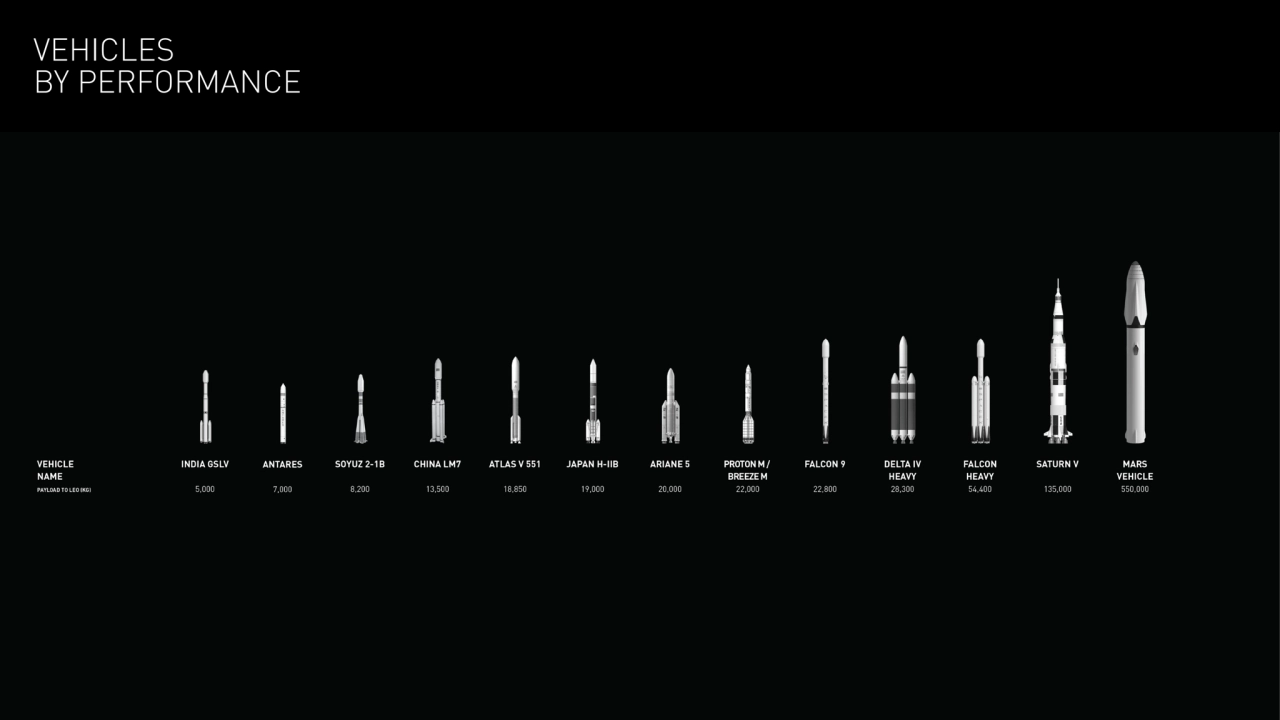
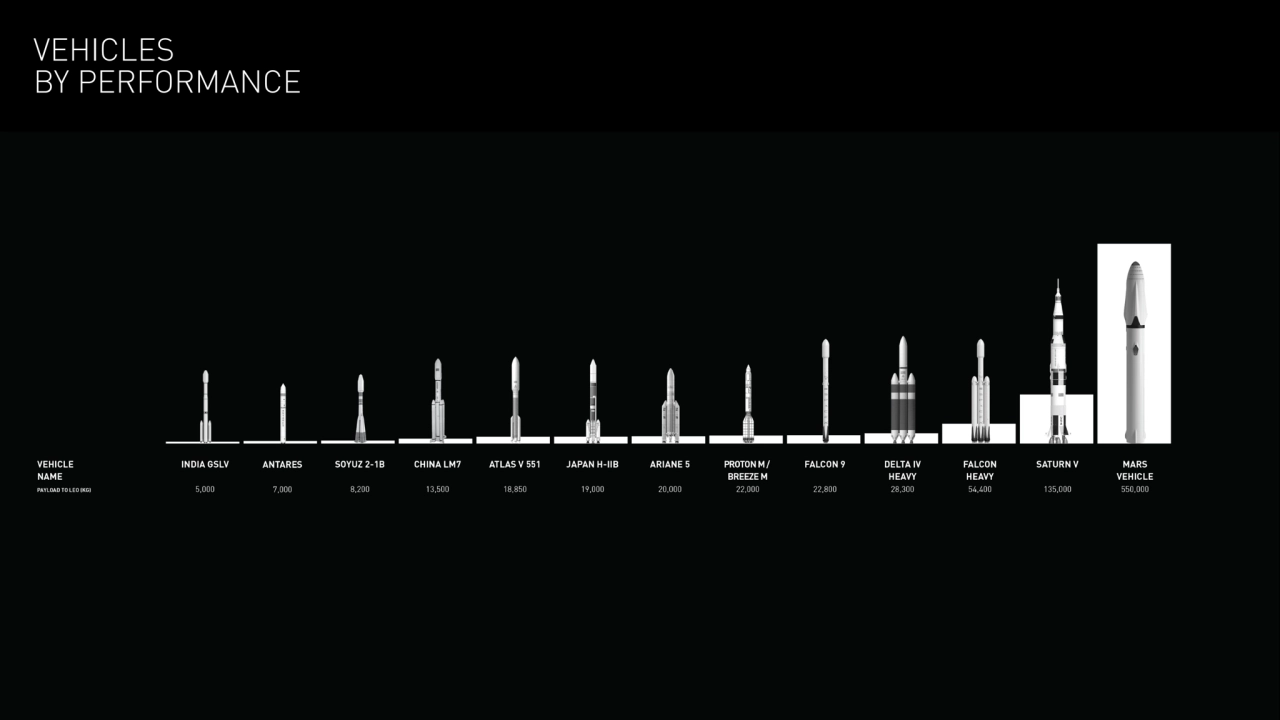
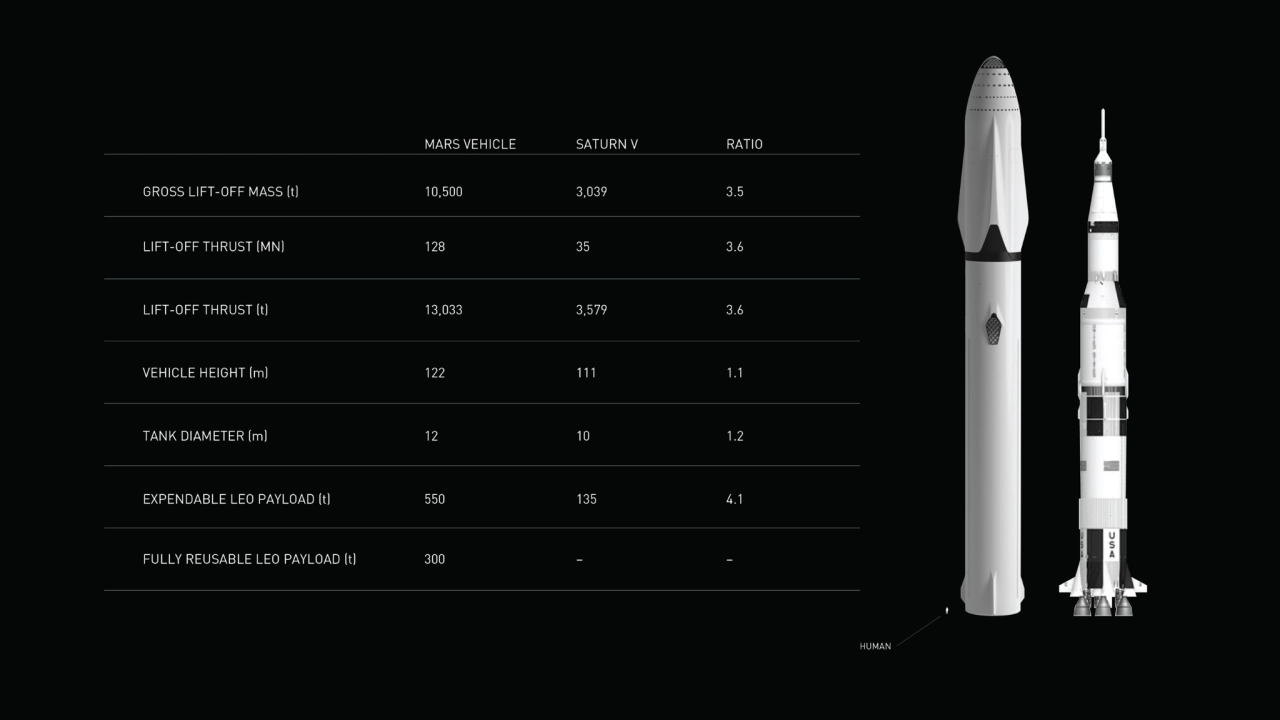

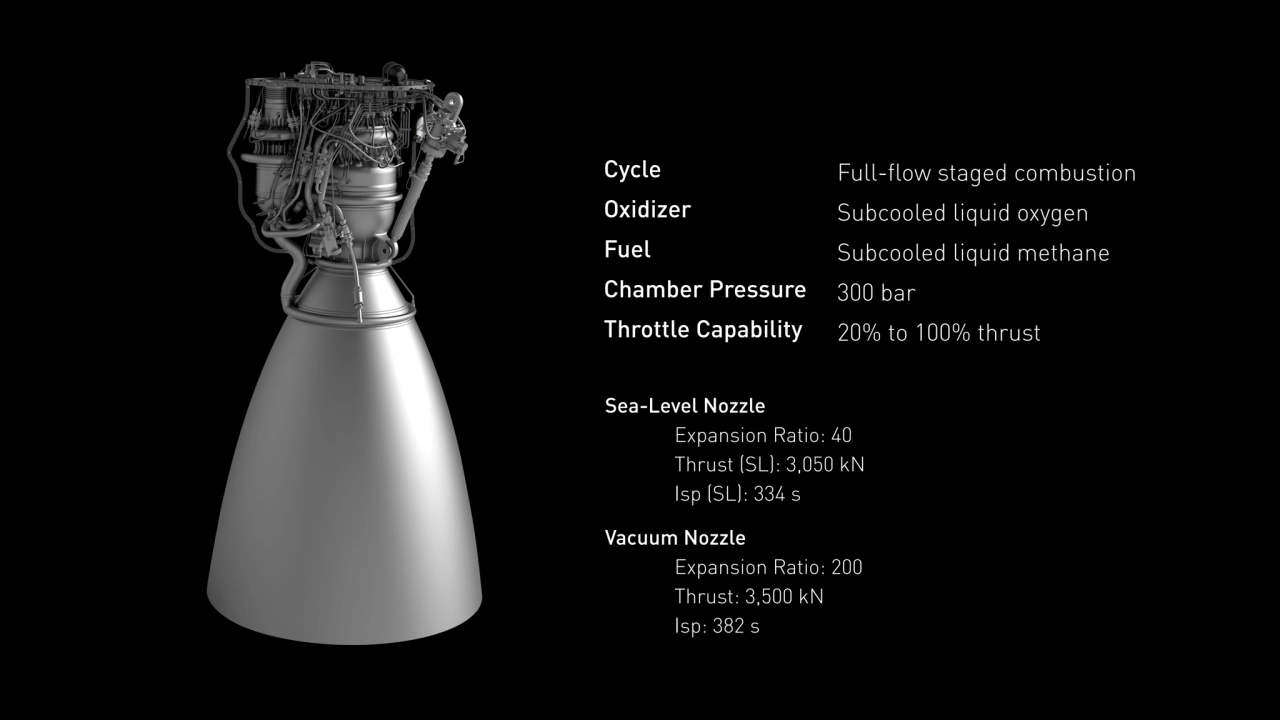

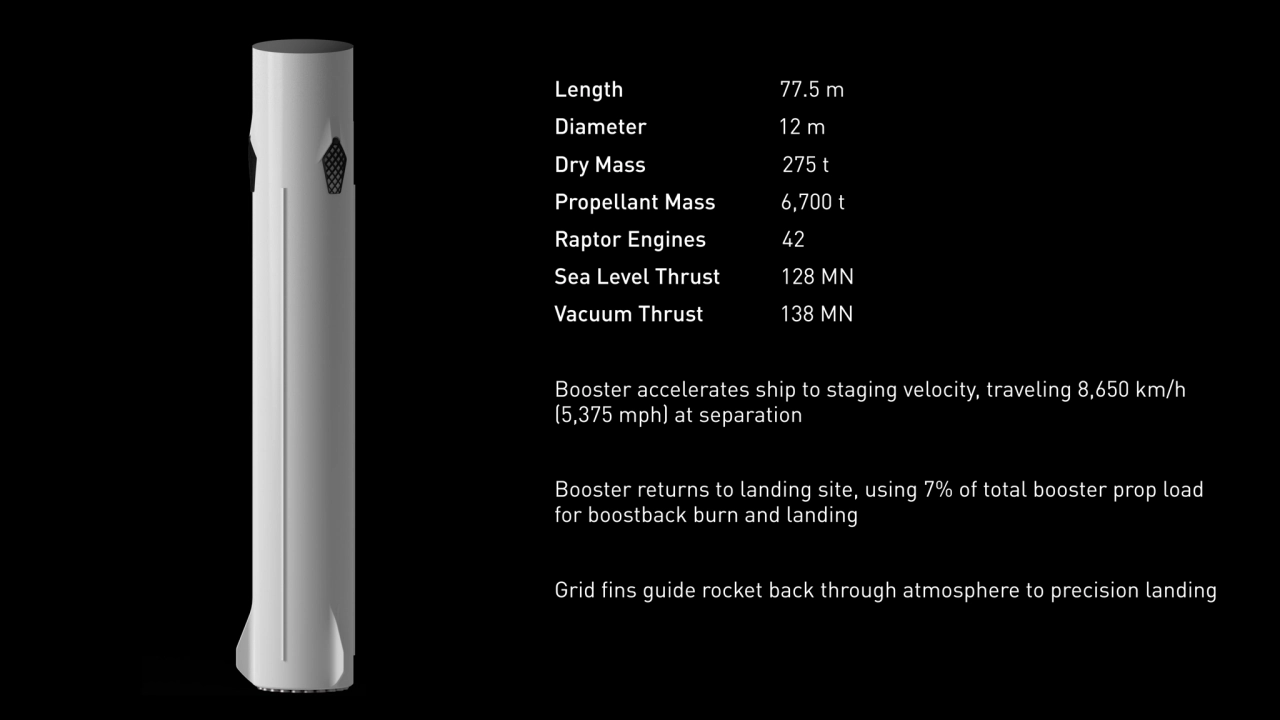
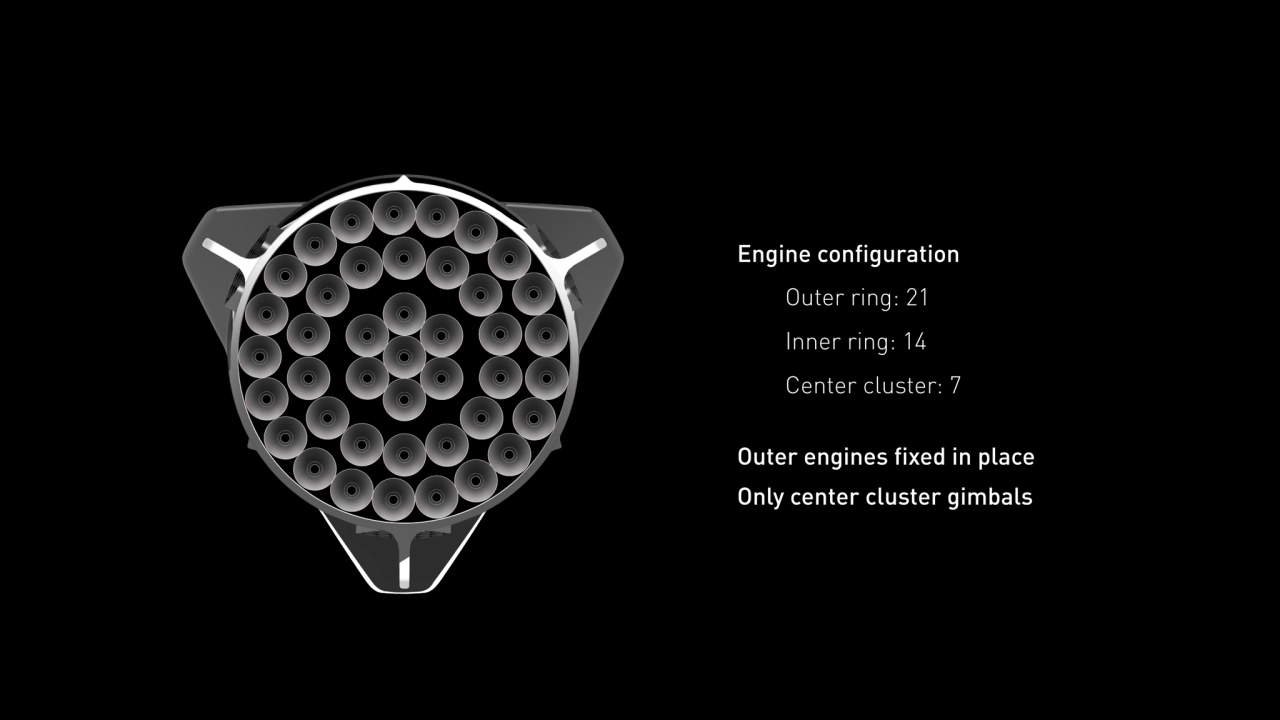

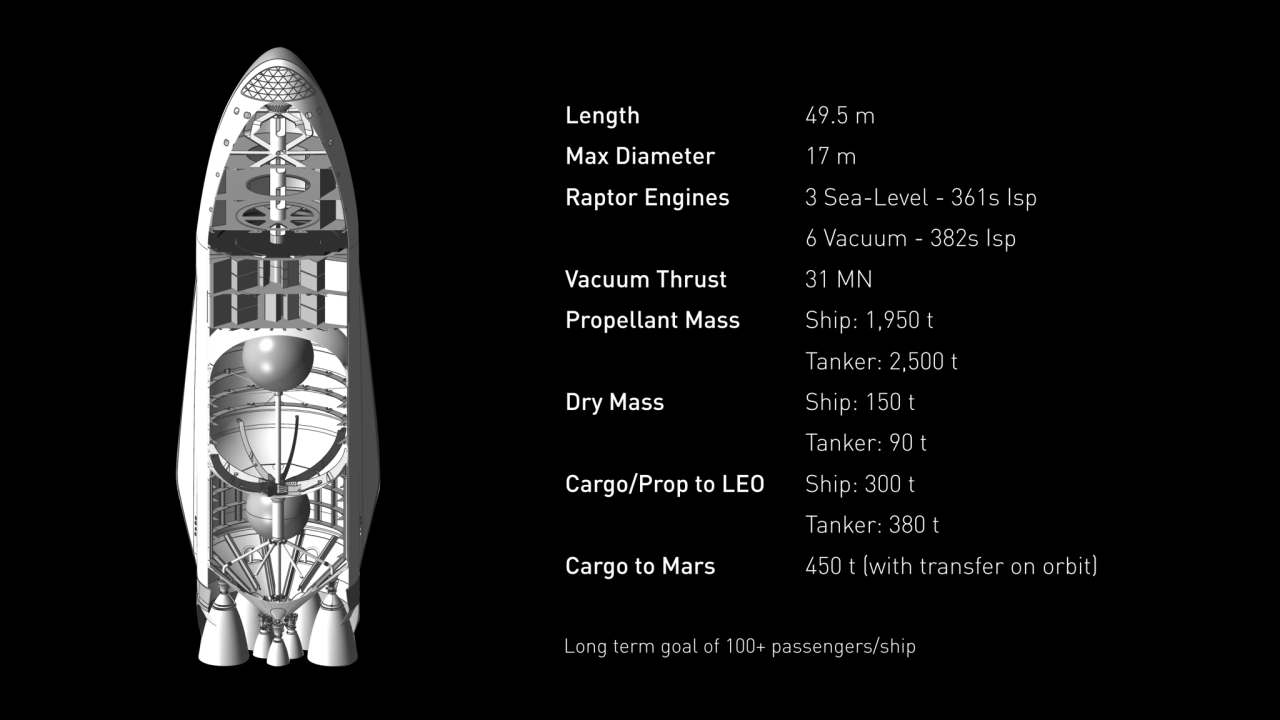
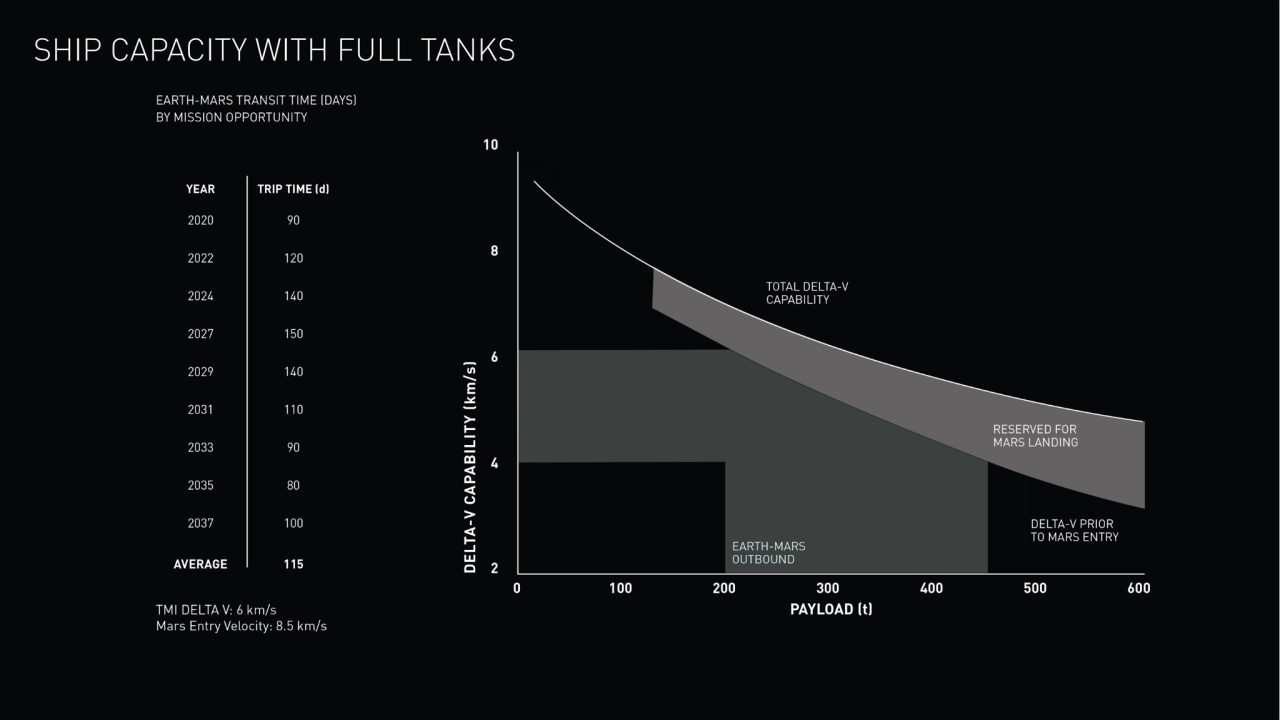
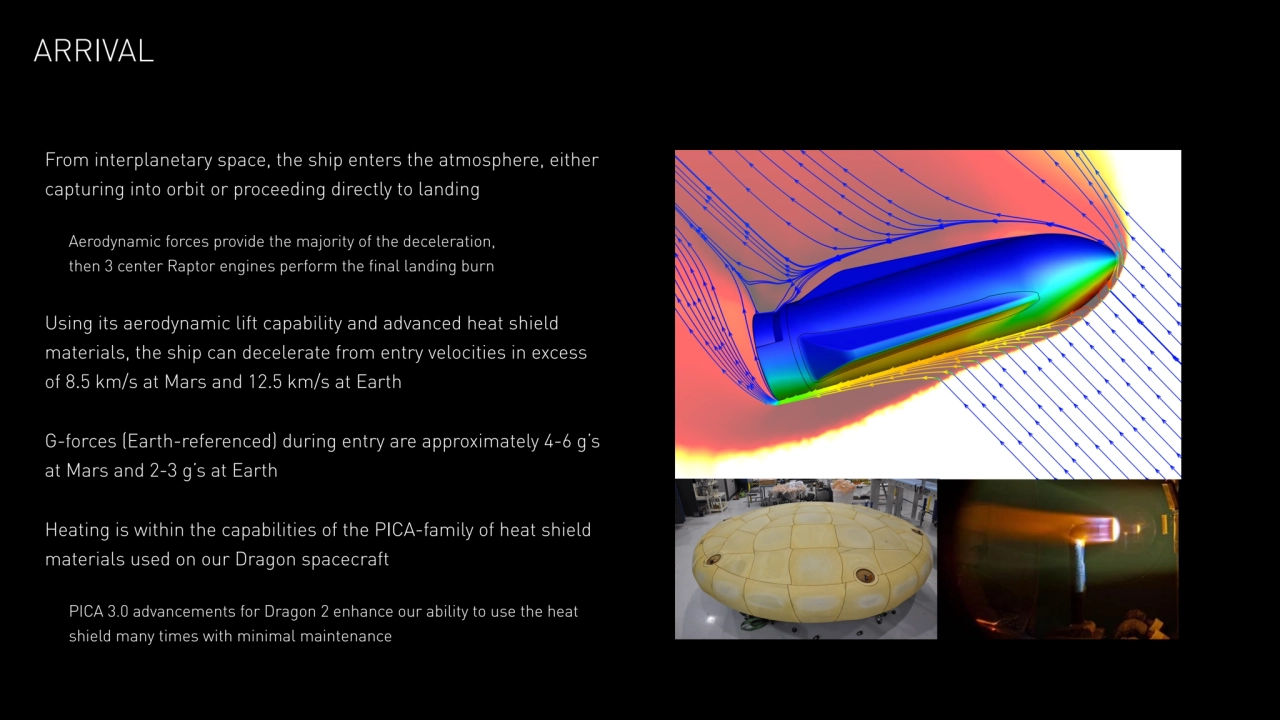

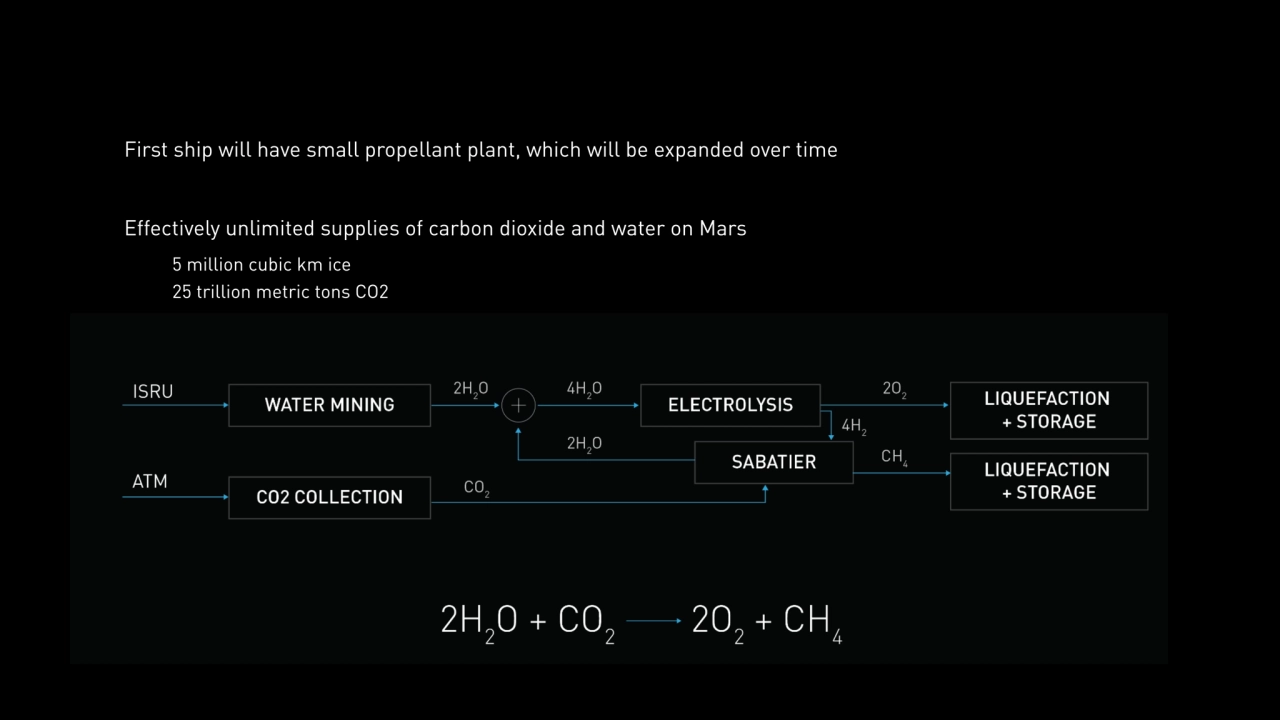
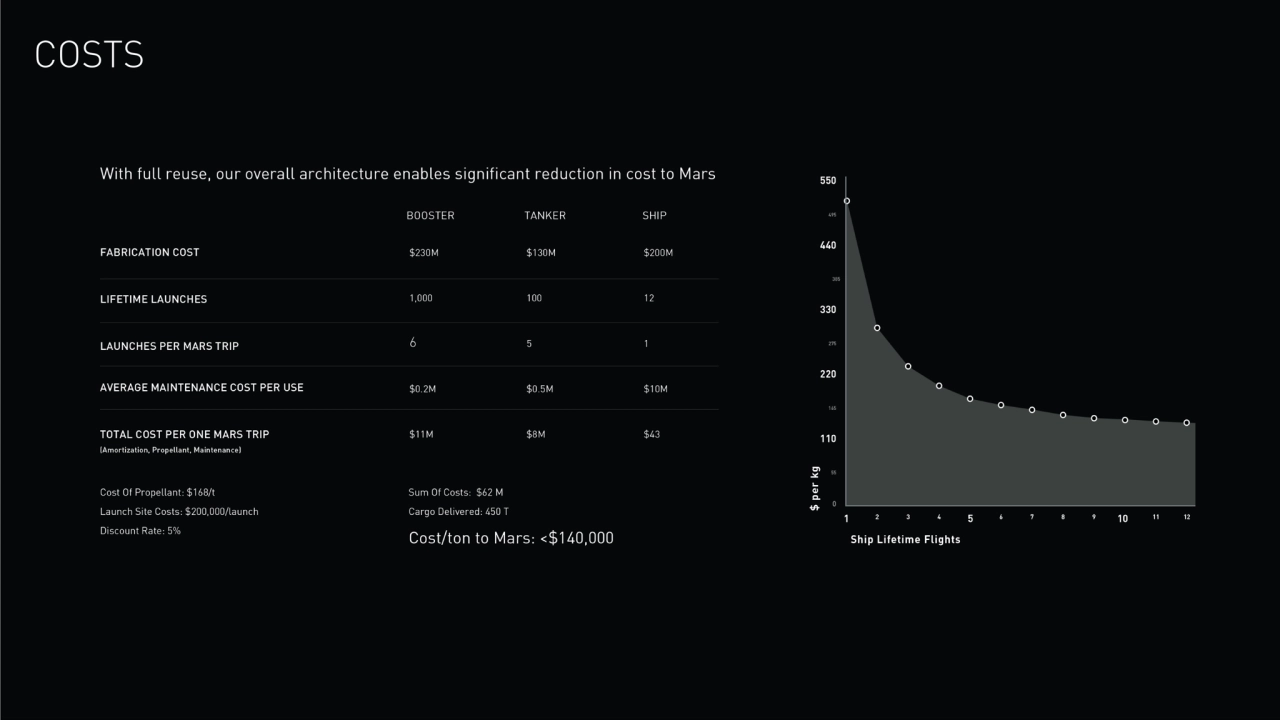
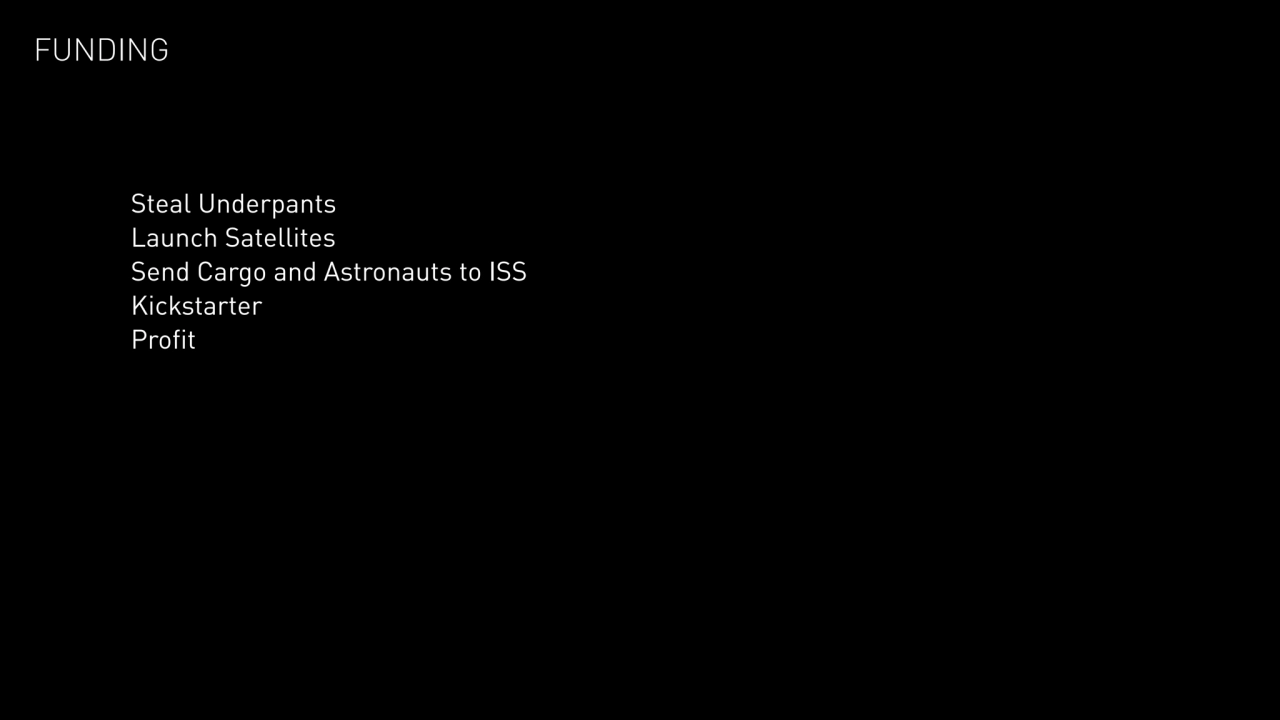
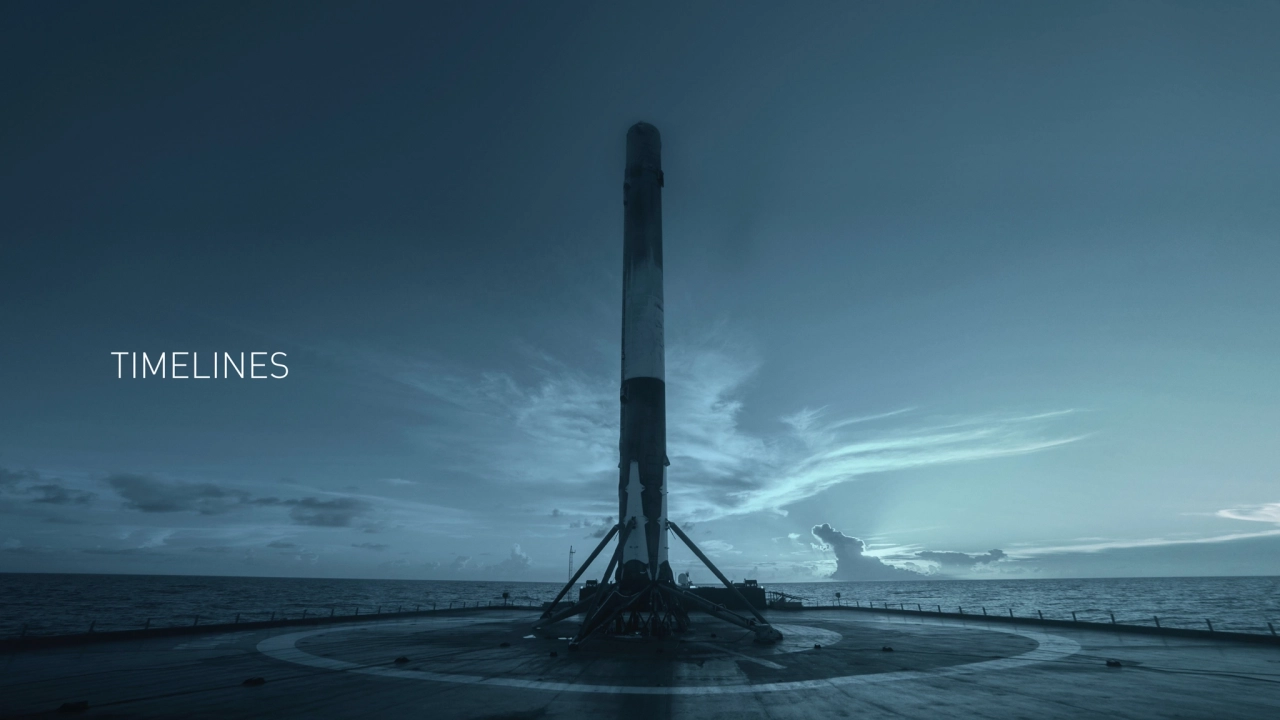
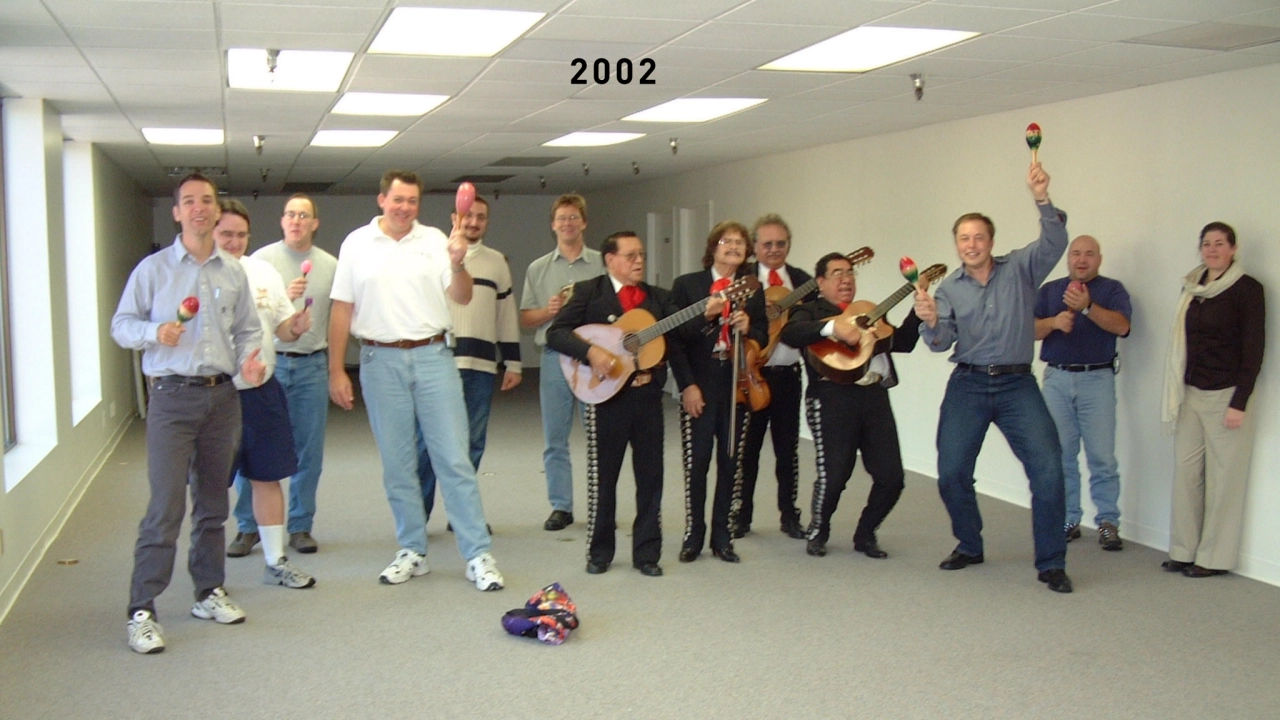
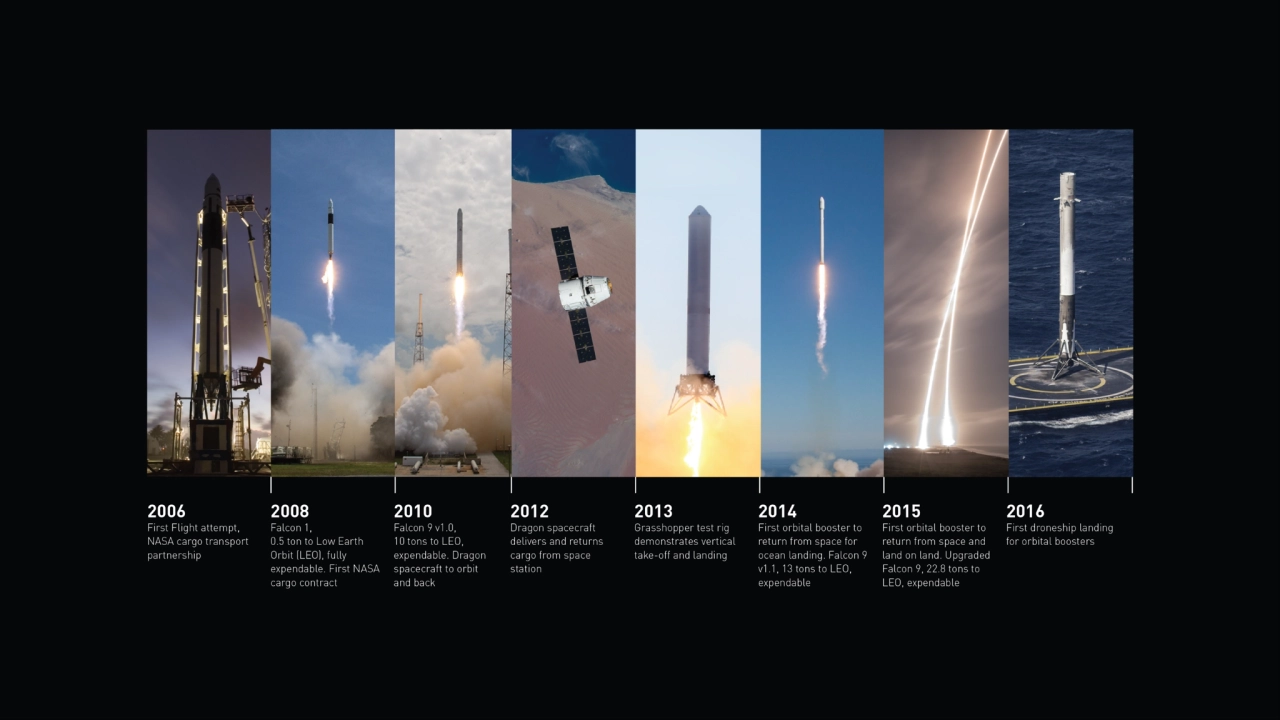

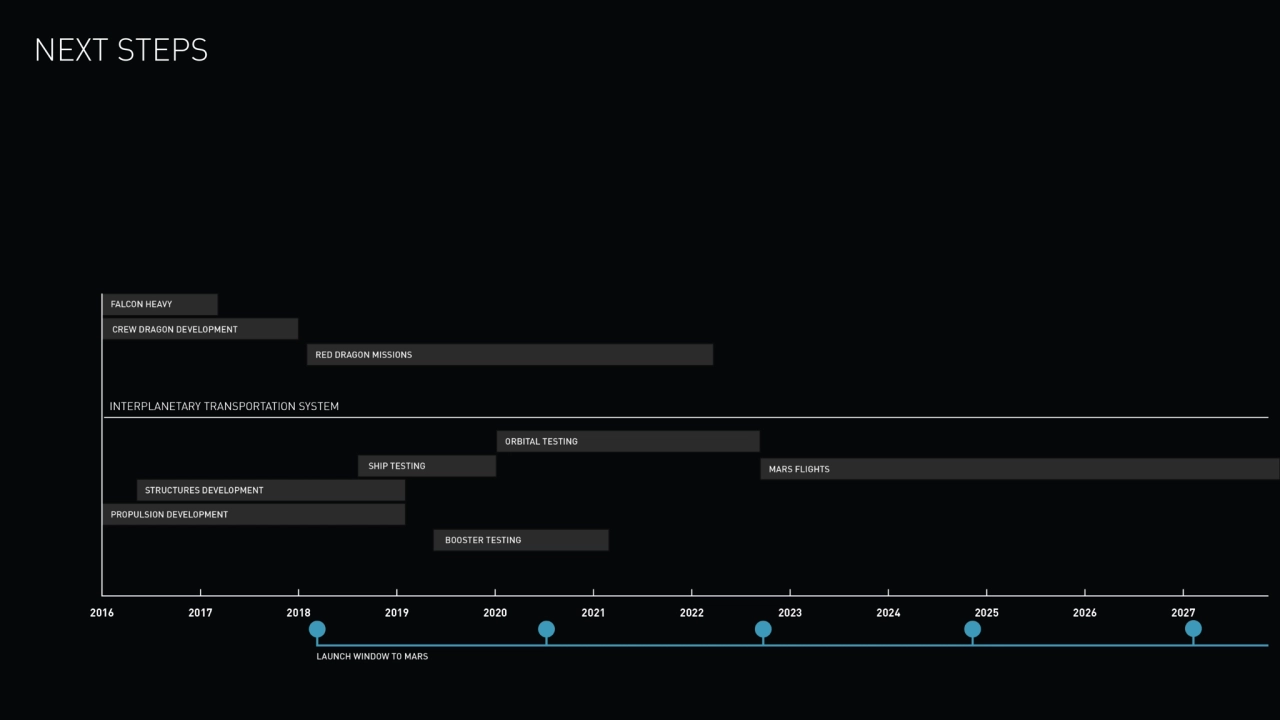

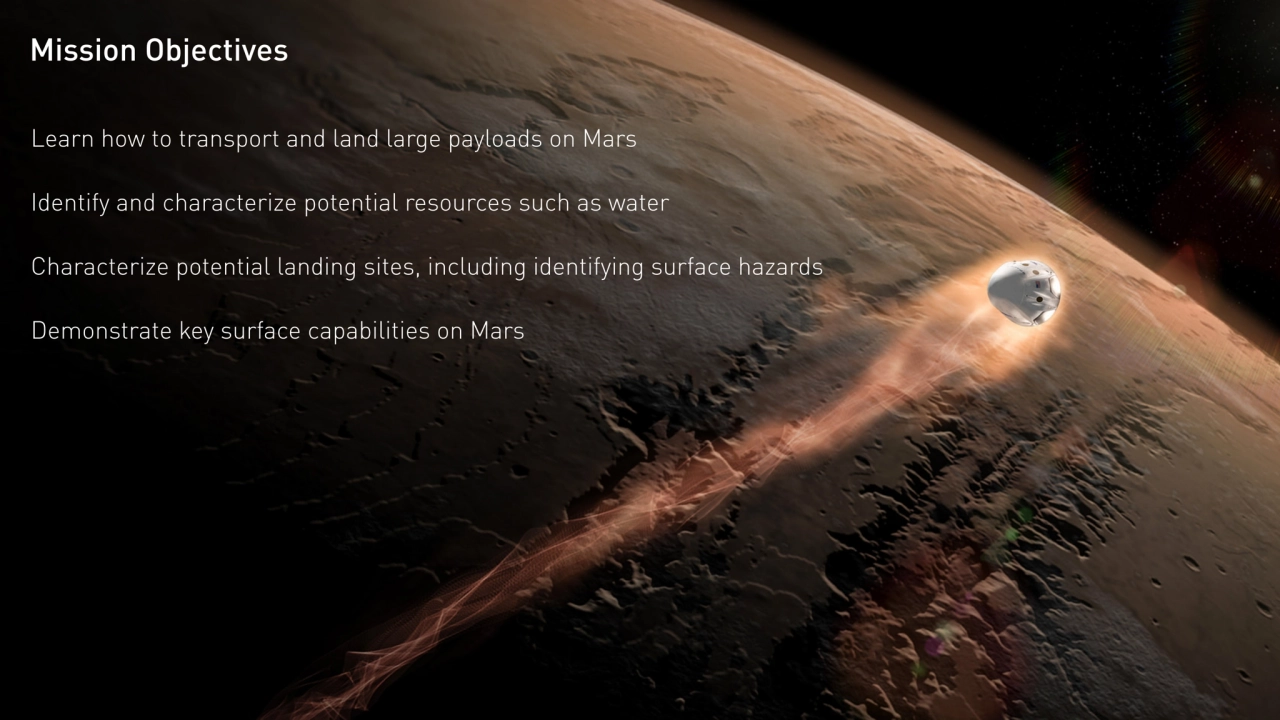

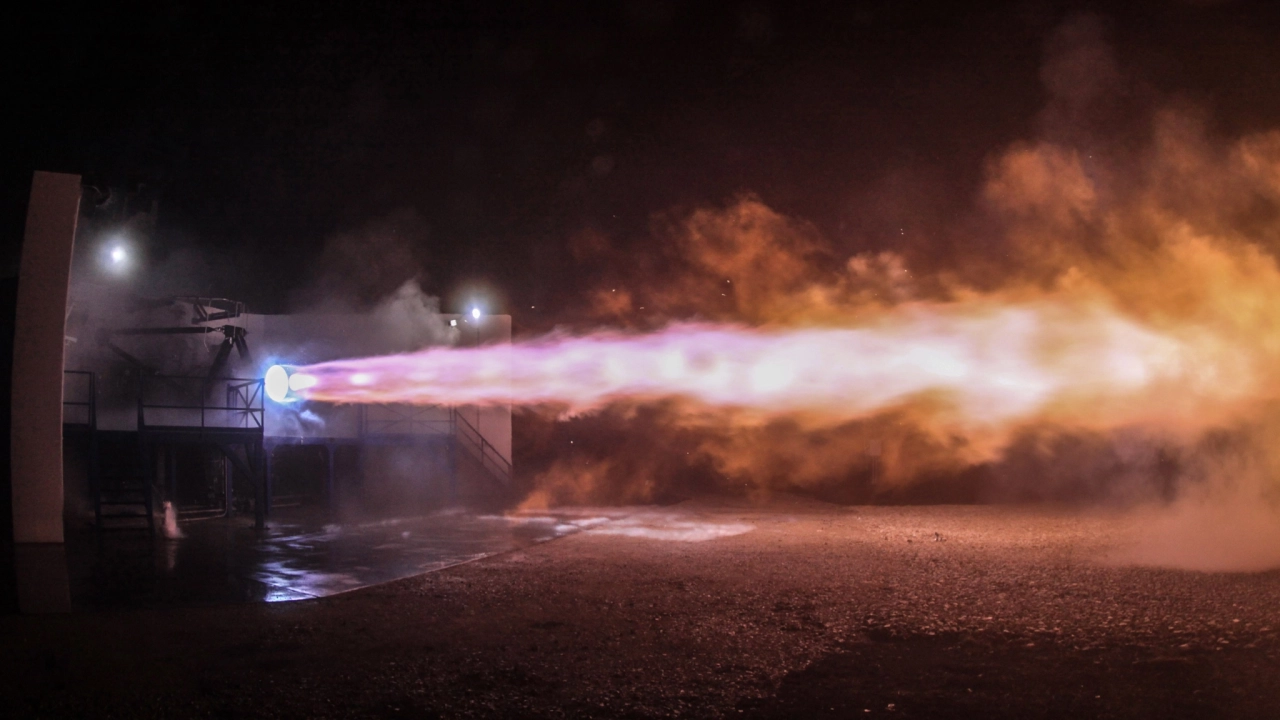
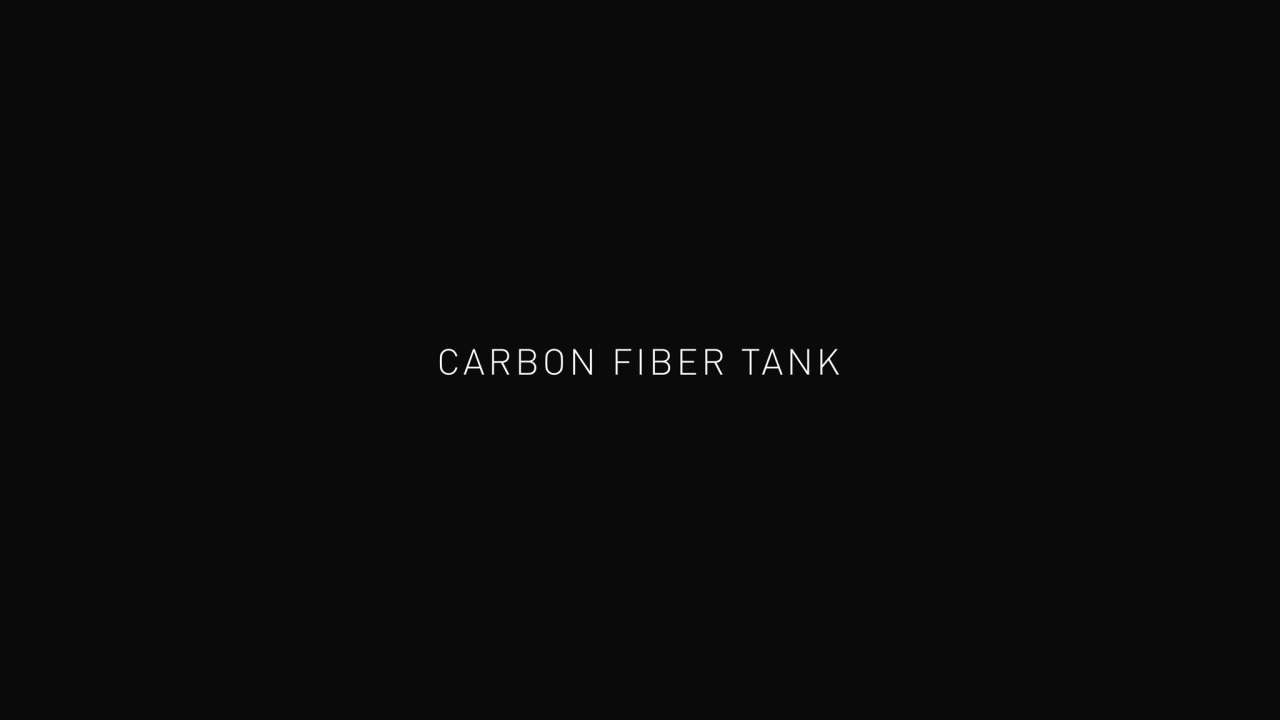
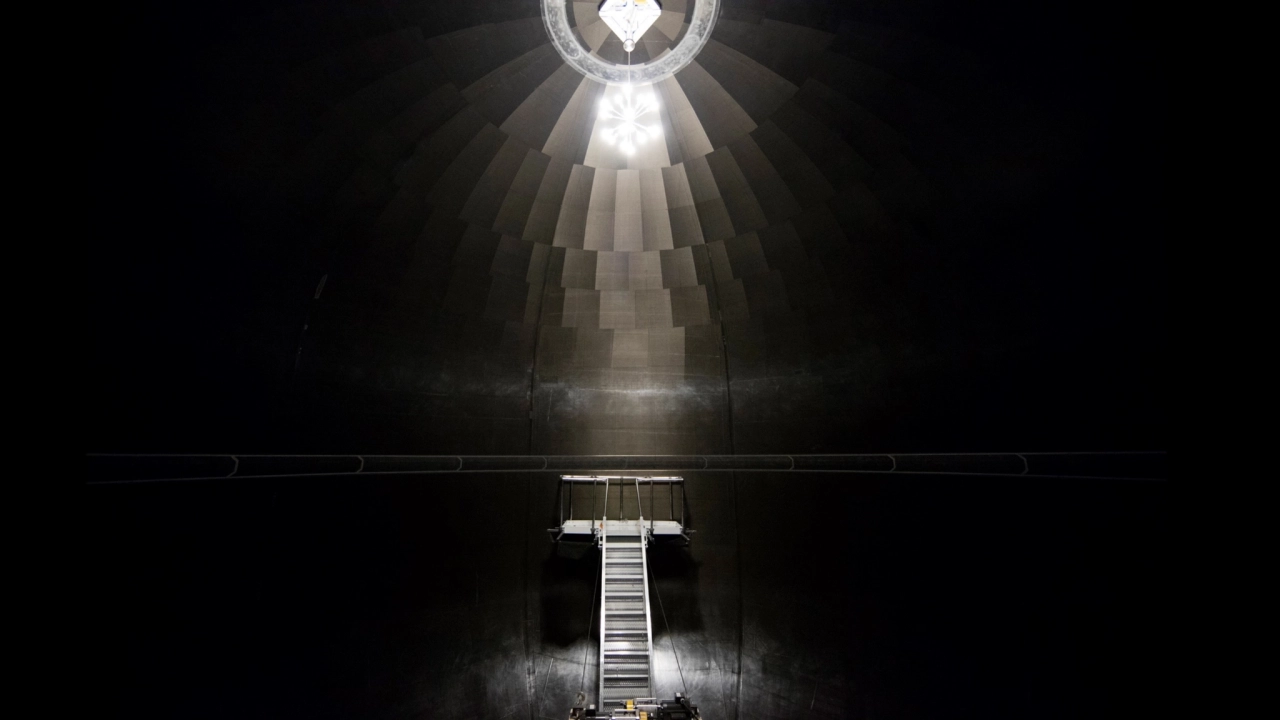
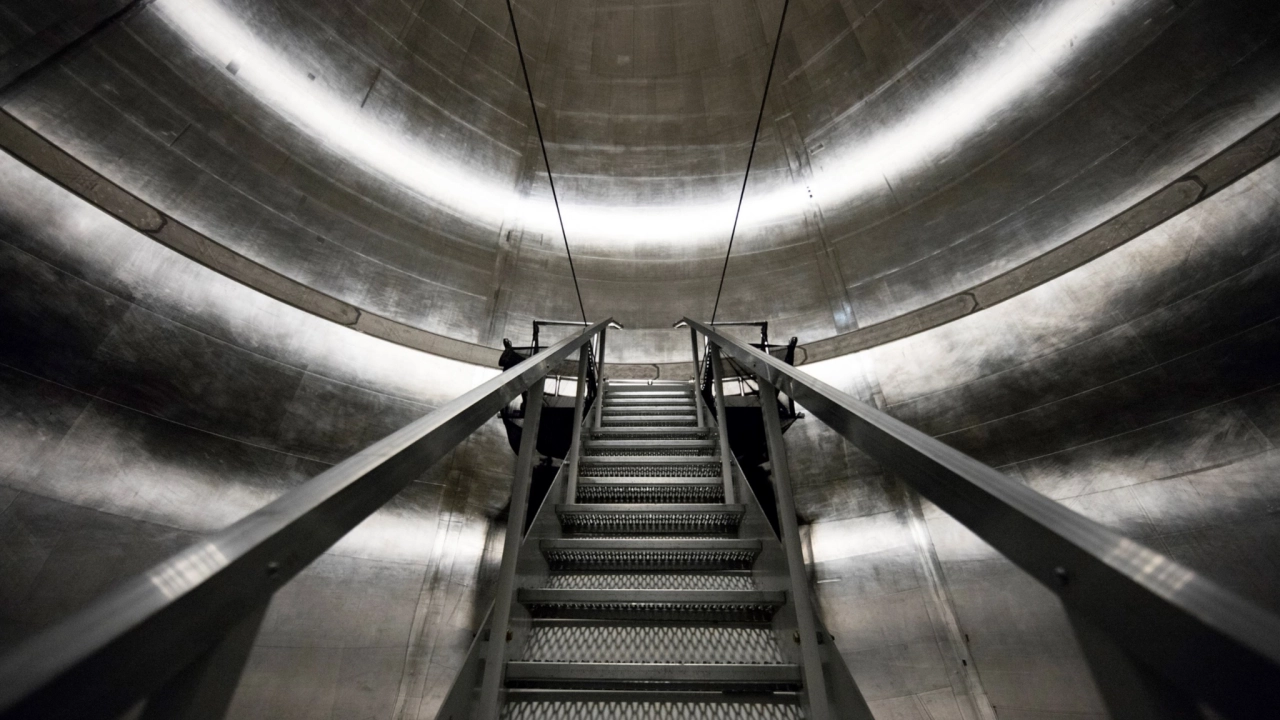
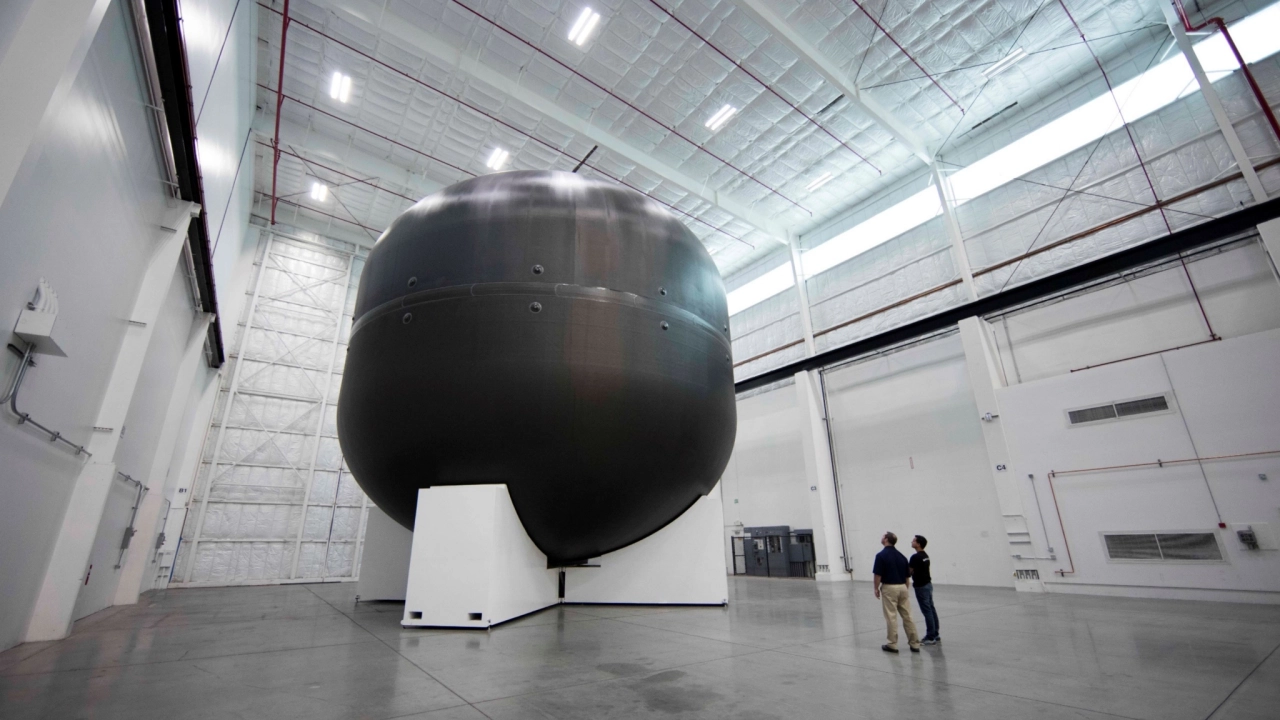
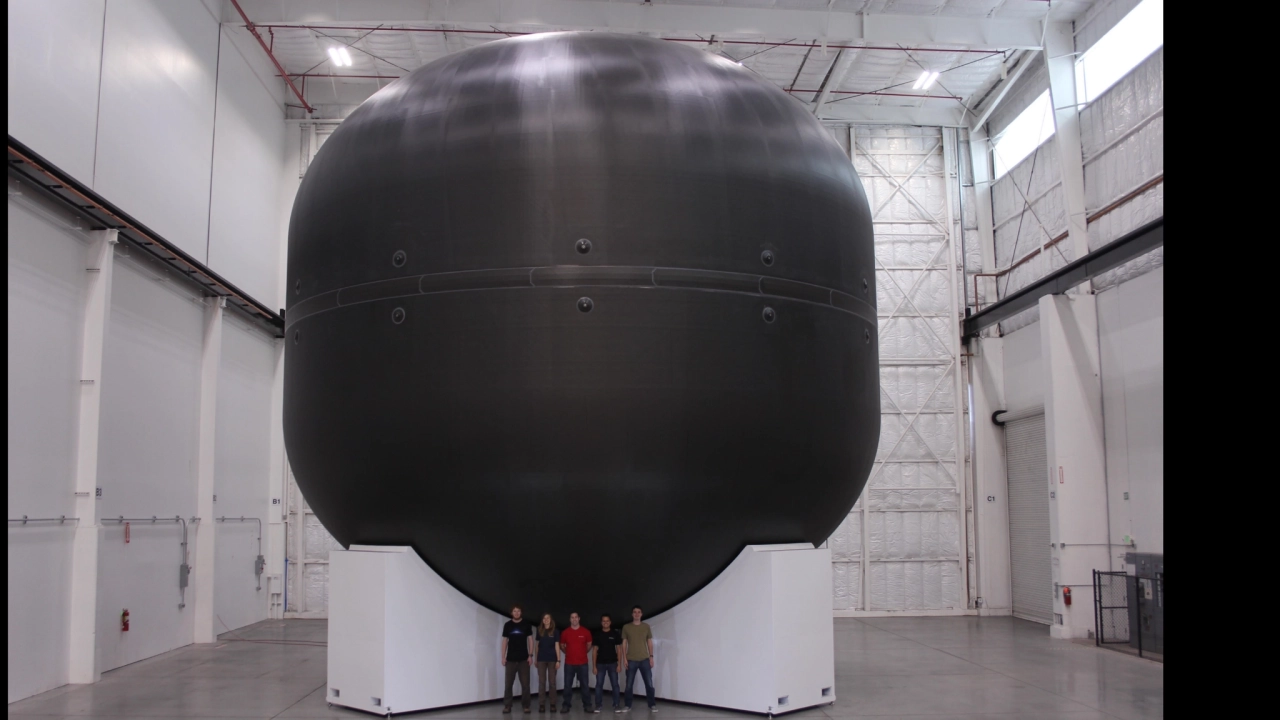

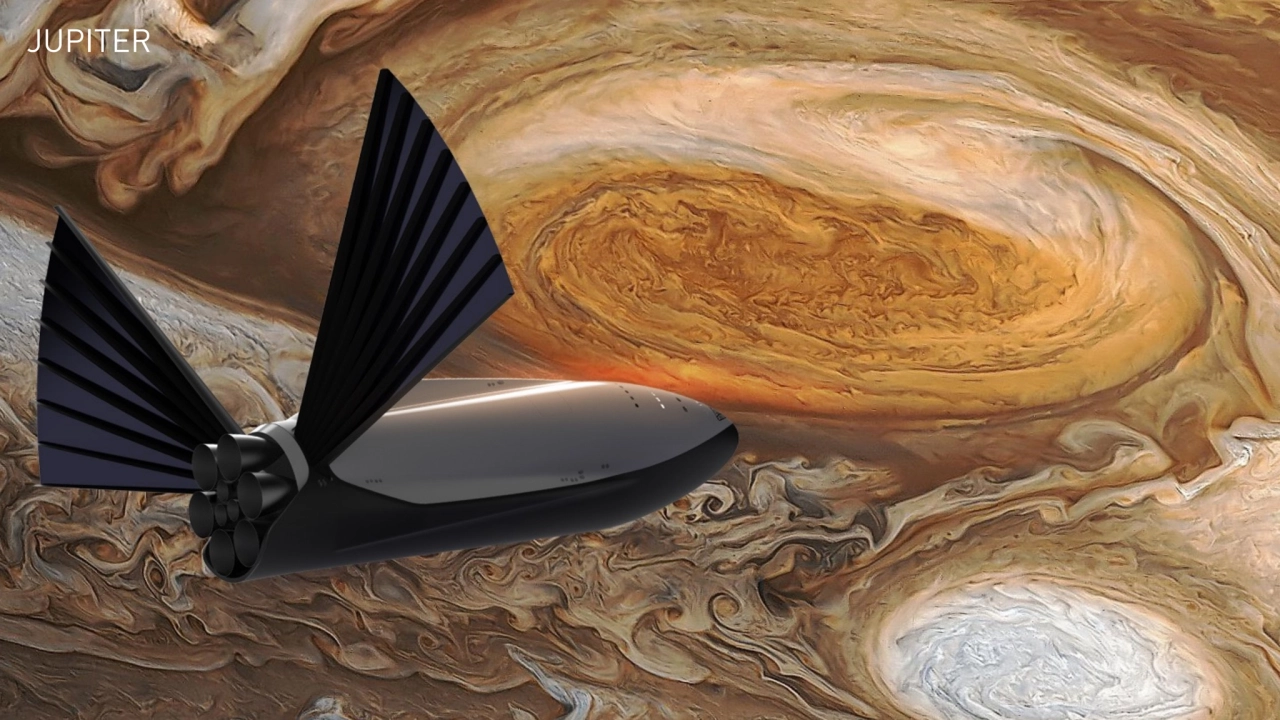
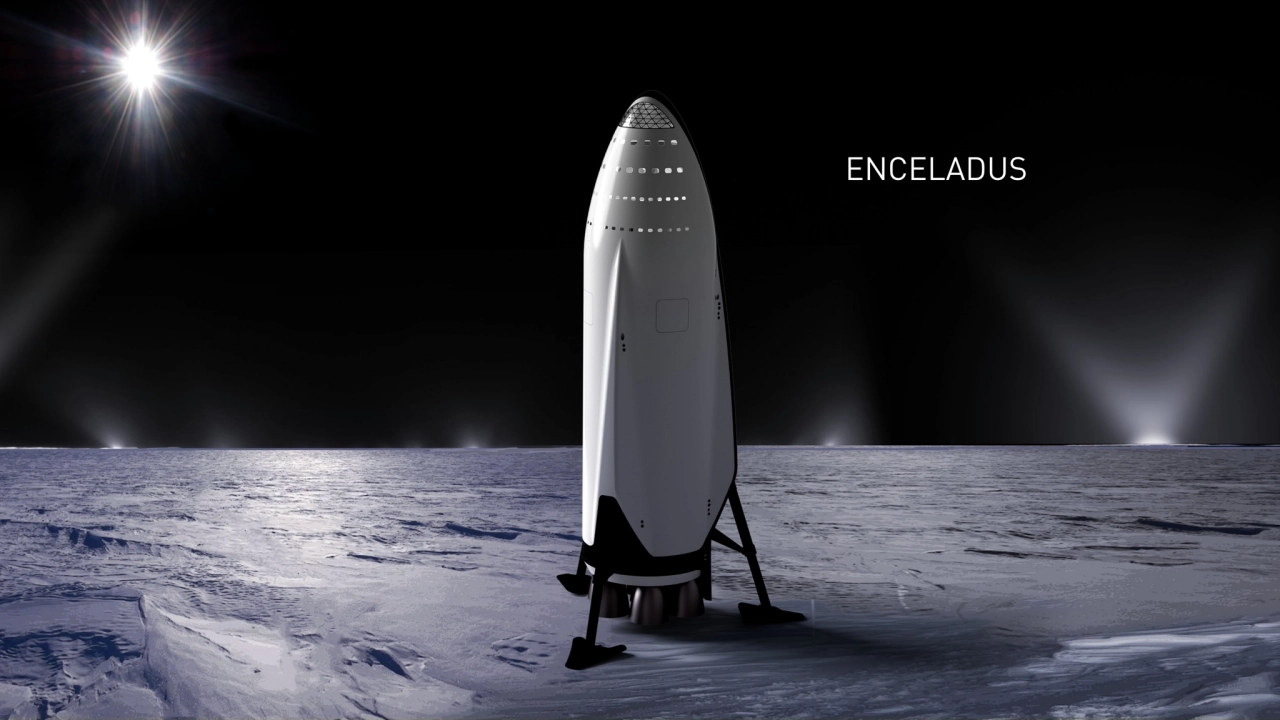
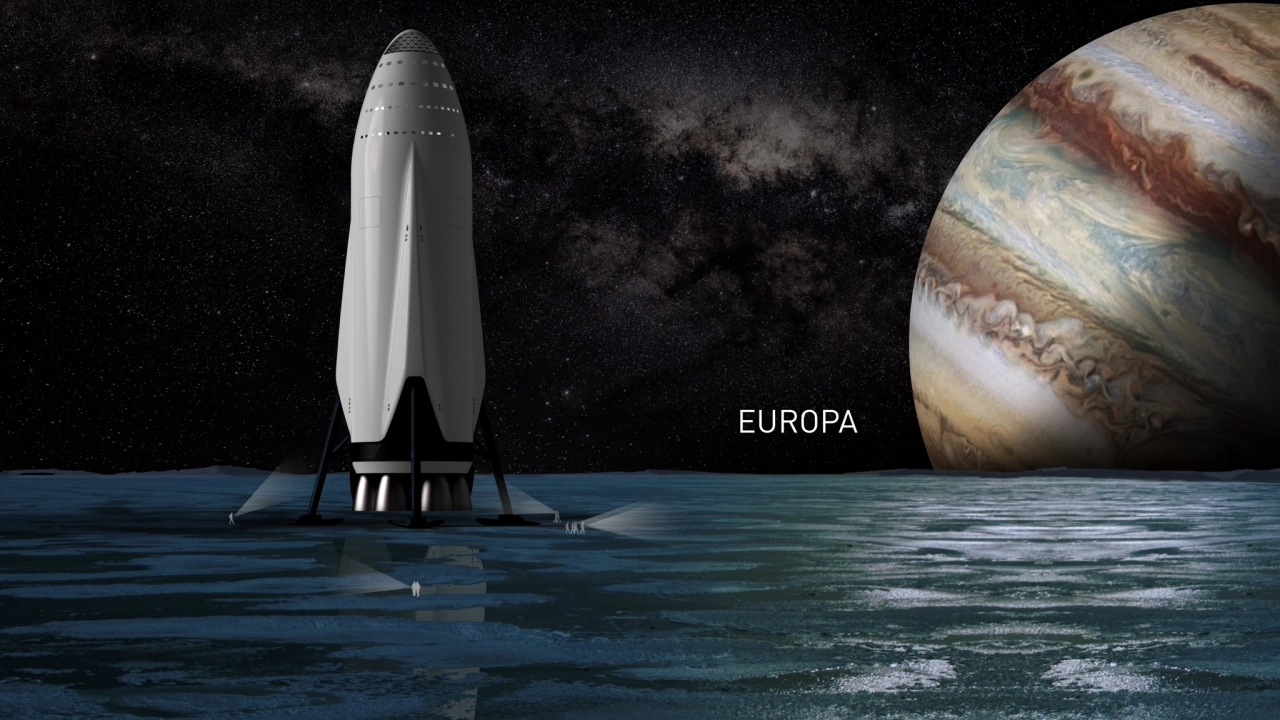
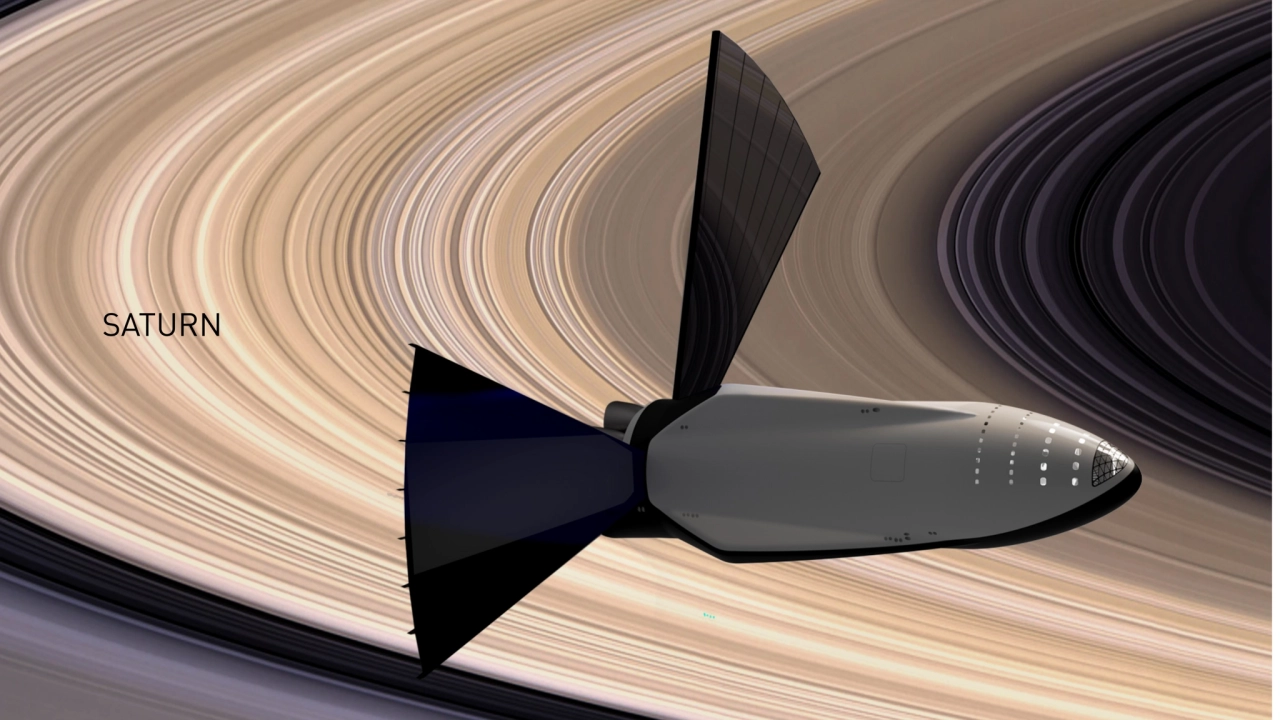
Why mission mars .. from Space X
- 2. WHY GO ANYWHERE?
- 4. WHY MARS?
- 5. HUMANITY’S GREATEST ADVENTURE Credit: Roberto Ziche, NASA, planetpixelemporium.com, planetscapes.com
- 8. FROM EARLY EXPLORATION TO A SELF-SUSTAINING CITY ON MARS
- 9. COST OF TRIP TO MARS = INFINITE MONEY WANT TO GO CAN AFFORD TO GO NOW
- 10. COST OF TRIP TO MARS = $10 BILLION / PERSON WANT TO GO CAN AFFORD TO GO USING TRADITIONAL METHODS
- 11. COST OF TRIP TO MARS = MEDIAN COST OF A HOUSE IN THE UNITED STATES WANT TO GO CAN AFFORD TO GO WHAT’S NEEDED
- 12. IMPROVING COST PER TON TO MARS BY FIVE MILLION PERCENT
- 13. RIGHT PROPELLANT FULL REUSABILITY REFILLING IN ORBIT PROPELLANT PRODUCTION ON MARS
- 14. FULL REUSABILITY
- 15. To make Mars trips possible on a large-enough scale to create a self-sustaining city, full reusability is essential
- 16. Boeing 737 Price Passenger Capability Cost/Person - Single Use Cost/Person - Reusable Cost of Fuel / Person $90M 180 people $500,000 $43 (LA to Las Vegas) $10
- 17. REFILLING IN ORBIT
- 18. Not refilling in orbit would require a 3-stage vehicle at 5-10x the size and cost Spreading the required lift capacity across multiple launches substantially reduces development costs and compresses schedule Combined with reusability, refilling makes performance shortfalls an incremental rather than exponential cost increase
- 19. PROPELLANT ON MARS
- 20. Allows reusability of the ship and enables people to return to Earth easily Leverages resources readily available on Mars Bringing return propellant requires approximately 5 times as much mass departing Earth
- 21. RIGHT PROPELLANT
- 22. HYDROGEN/OXYGEN H2 /O2 VEHICLE SIZE COST OF PROP REUSABILITY MARS PROPELLANT PRODUCTION PROPELLANT TRANSFER GOOD DEEP-CRYO METHALOX CH4 /O2 OK BAD VERY BAD KEROSENE C12H22.4 /O2
- 23. RIGHT PROPELLANT FULL REUSABILITY REFILLING IN ORBIT PROPELLANT PRODUCTION ON MARS
- 24. TARGETED REUSE PER VEHICLE 1,000 uses per booster 100 per tanker 12 uses per ship SYSTEM ARCHITECTURE
- 25. VEHICLE DESIGN AND PERFORMANCE
- 26. Carbon-fiber primary structure Densified CH /O2 propellant Autogenous pressurization 4
- 27. VEHICLES BY PERFORMANCE
- 28. VEHICLES BY PERFORMANCE
- 30. RAPTOR ENGINE
- 31. Cycle Oxidizer Fuel Chamber Pressure Throttle Capability Full-flow staged combustion Subcooled liquid oxygen Subcooled liquid methane 300 bar 20% to 100% thrust Sea-Level Nozzle Expansion Ratio: 40 Thrust (SL): 3,050 kN Isp (SL): 334 s Vacuum Nozzle Expansion Ratio: 200 Thrust: 3,500 kN Isp: 382 s
- 32. ROCKET BOOSTER
- 33. Length 77.5 m Diameter 12 m Dry Mass 275 t Propellant Mass 6,700 t Raptor Engines 42 Sea Level Thrust 128 MN Vacuum Thrust 138 MN Booster accelerates ship to staging velocity, traveling 8,650 km/h (5,375 mph) at separation Booster returns to landing site, using 7% of total booster prop load for boostback burn and landing Grid fins guide rocket back through atmosphere to precision landing
- 34. Engine configuration Outer ring: 21 Inner ring: 14 Center cluster: 7 Outer engines fixed in place Only center cluster gimbals
- 35. INTERPLANETARY SPACESHIP
- 36. Length Max Diameter Raptor Engines Vacuum Thrust Propellant Mass Dry Mass Cargo/Prop to LEO Cargo to Mars 49.5 m 17 m 3 Sea-Level - 361s Isp 6 Vacuum - 382s Isp 31 MN Ship: 1,950 t Tanker: 2,500 t Ship: 150 t Tanker: 90 t Ship: 300 t Tanker: 380 t 450 t (with transfer on orbit) Long term goal of 100+ passengers/ship
- 37. SHIP CAPACITY WITH FULL TANKS
- 38. ARRIVAL From interplanetary space, the ship enters the atmosphere, either capturing into orbit or proceeding directly to landing Aerodynamic forces provide the majority of the deceleration, then 3 center Raptor engines perform the final landing burn Using its aerodynamic lift capability and advanced heat shield materials, the ship can decelerate from entry velocities in excess of 8.5 km/s at Mars and 12.5 km/s at Earth G-forces (Earth-referenced) during entry are approximately 4-6 g’s at Mars and 2-3 g’s at Earth Heating is within the capabilities of the PICA-family of heat shield materials used on our Dragon spacecraft PICA 3.0 advancements for Dragon 2 enhance our ability to use the heat shield many times with minimal maintenance
- 39. PROPELLANT PLANT
- 40. First ship will have small propellant plant, which will be expanded over time Effectively unlimited supplies of carbon dioxide and water on Mars 5 million cubic km ice 25 trillion metric tons CO2
- 41. COSTS
- 42. FUNDING Steal Underpants Launch Satellites Send Cargo and Astronauts to ISS Kickstarter Profit
- 43. TIMELINES
- 44. 2002
- 46. FUTURE
- 47. NEXT STEPS
- 48. RED DRAGON
- 49. Mission Objectives Learn how to transport and land large payloads on Mars Identify and characterize potential resources such as water Characterize potential landing sites, including identifying surface hazards Demonstrate key surface capabilities on Mars
- 50. RAPTOR FIRING
- 52. CARBON FIBER TANK
- 57. BEYOND MARS
- 58. JUPITER
- 59. ENCELADUS
- 60. EUROPA
- 61. SATURN